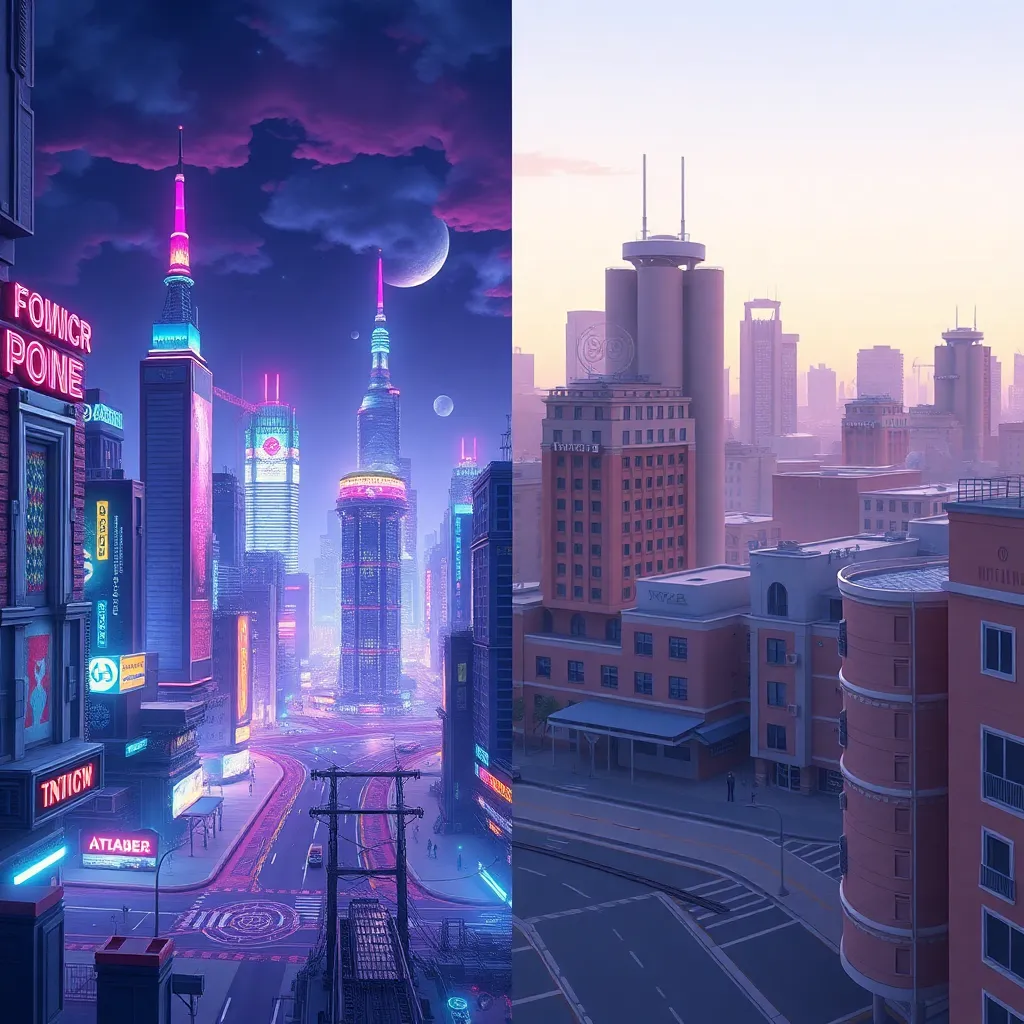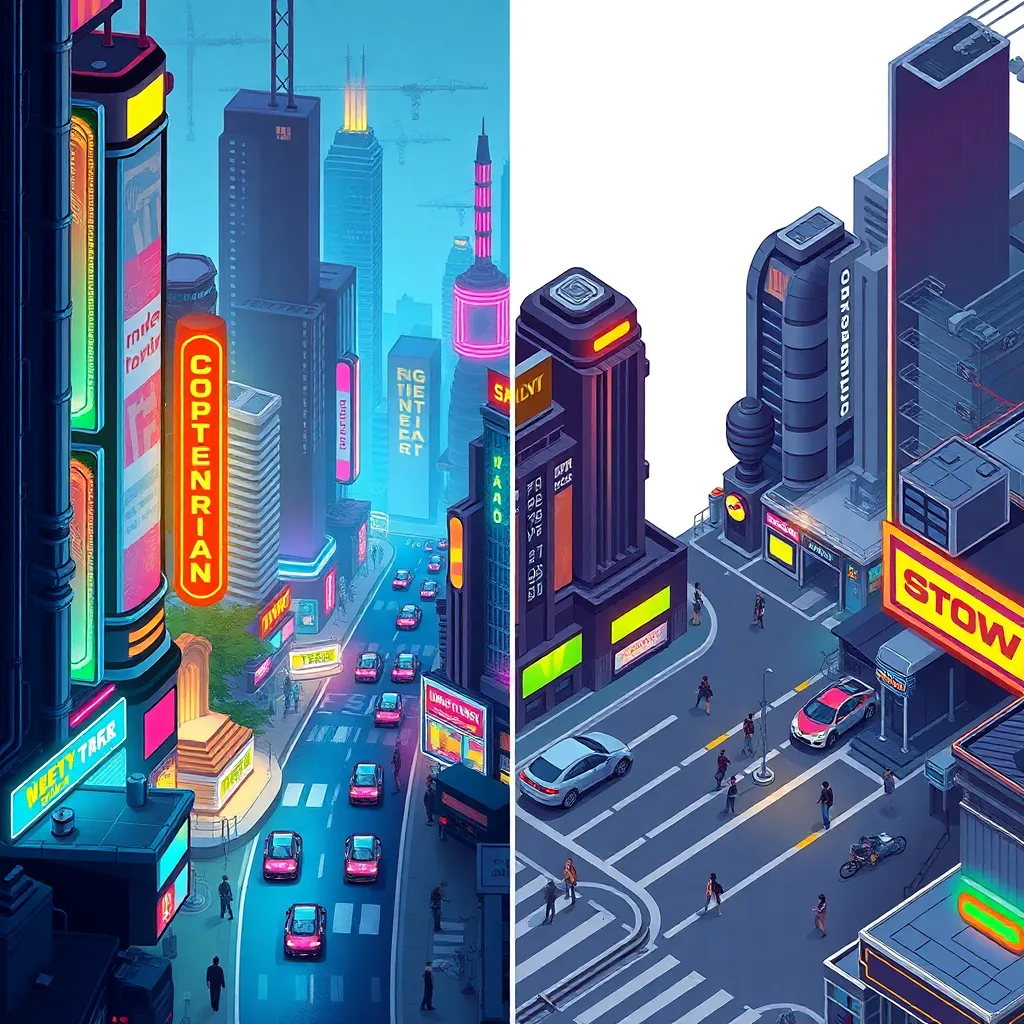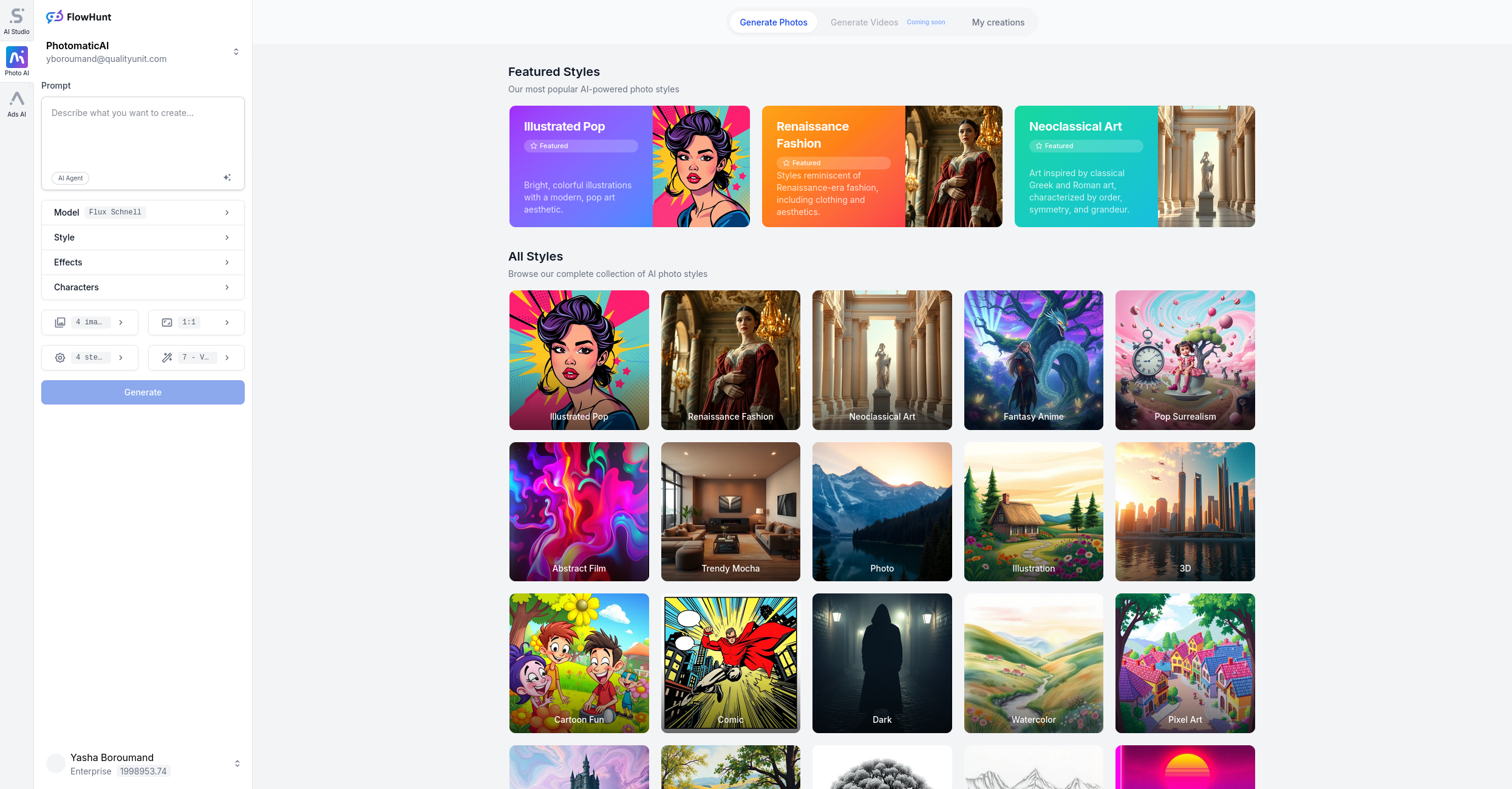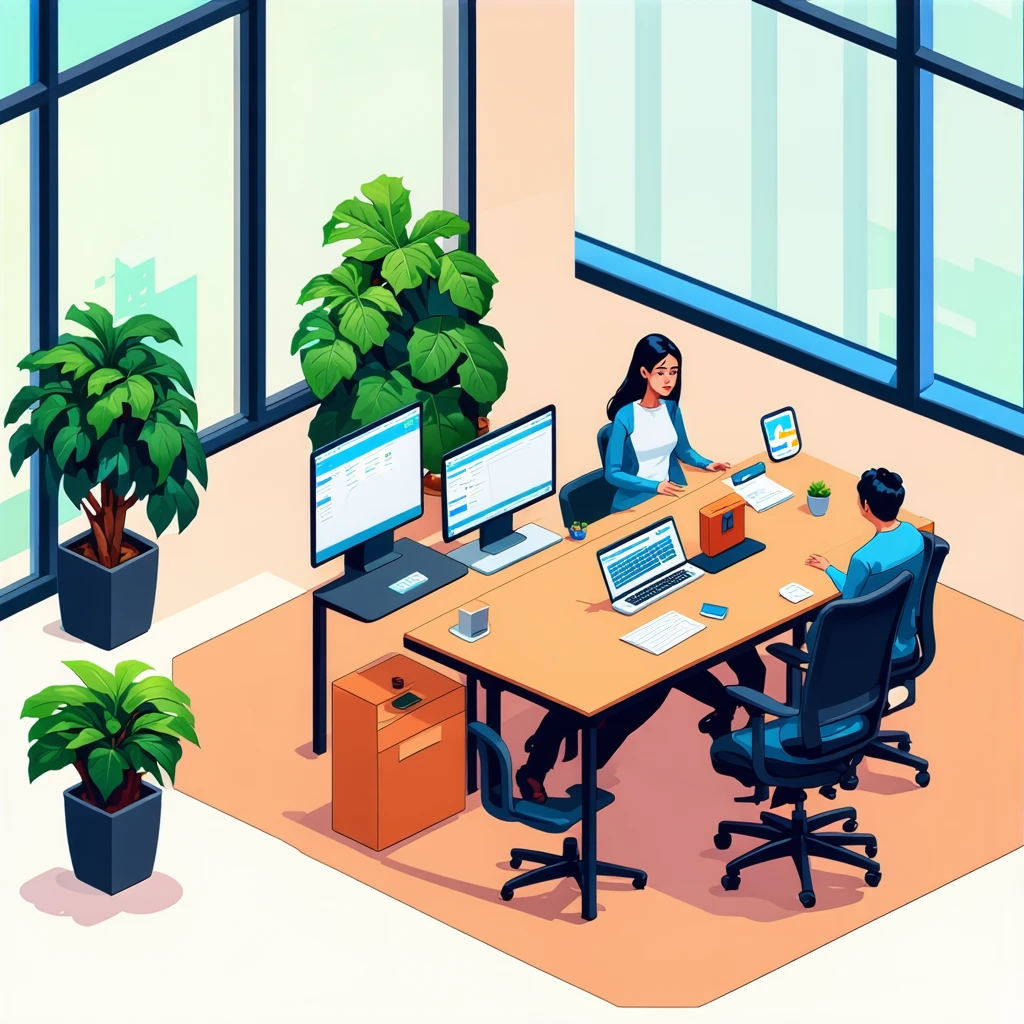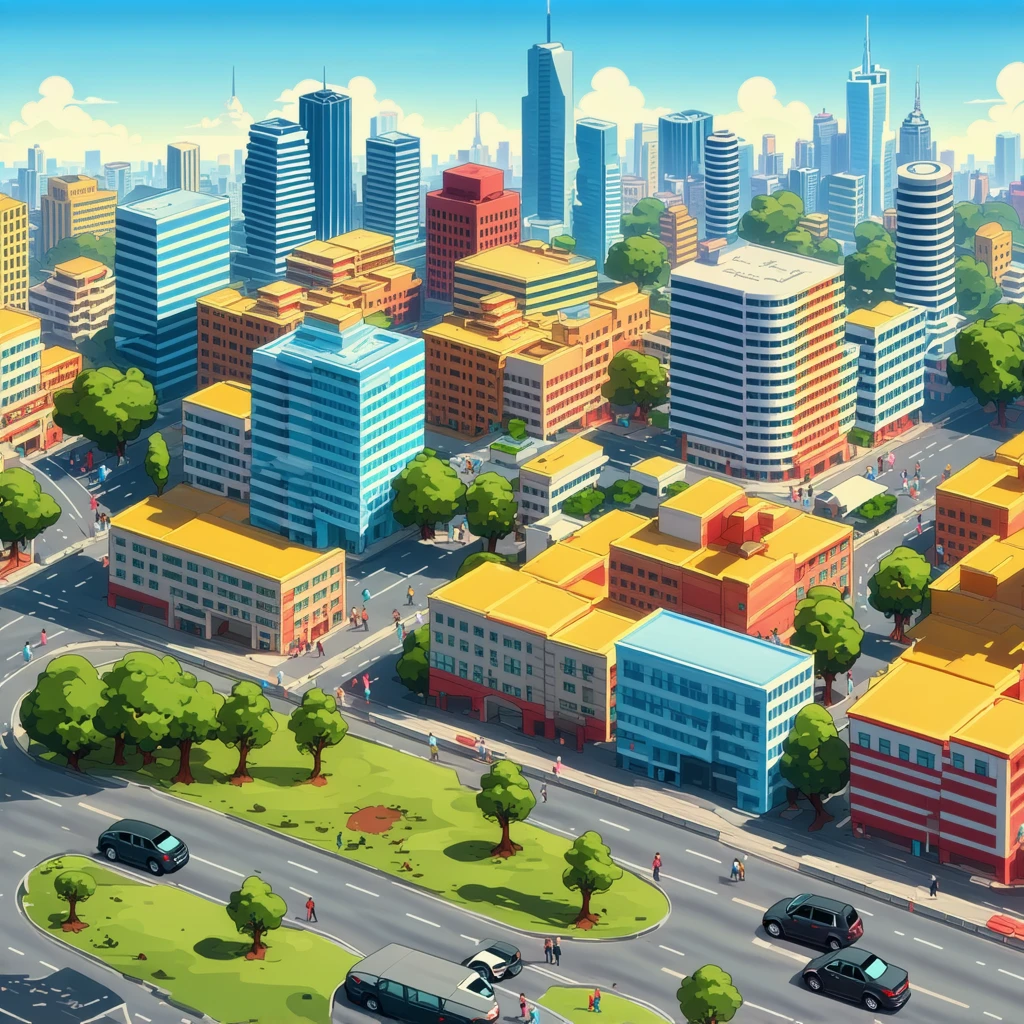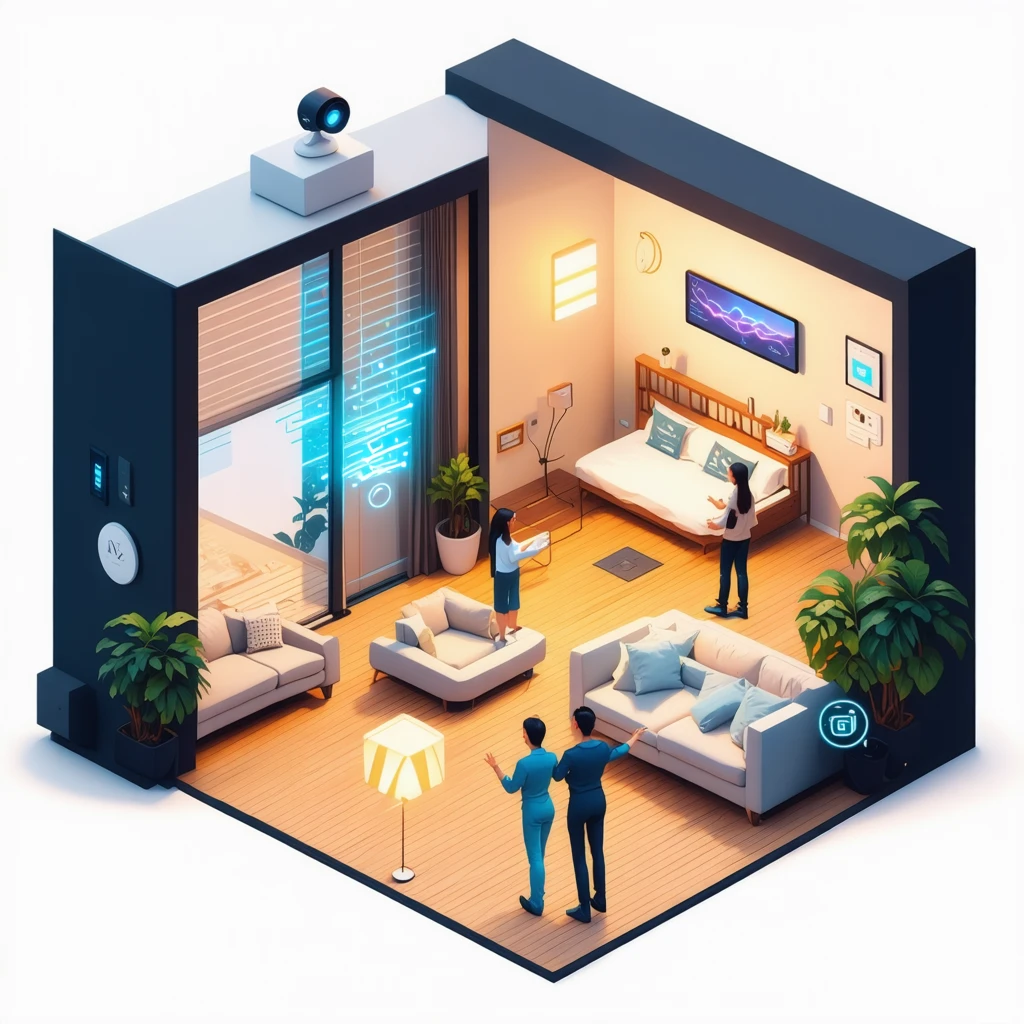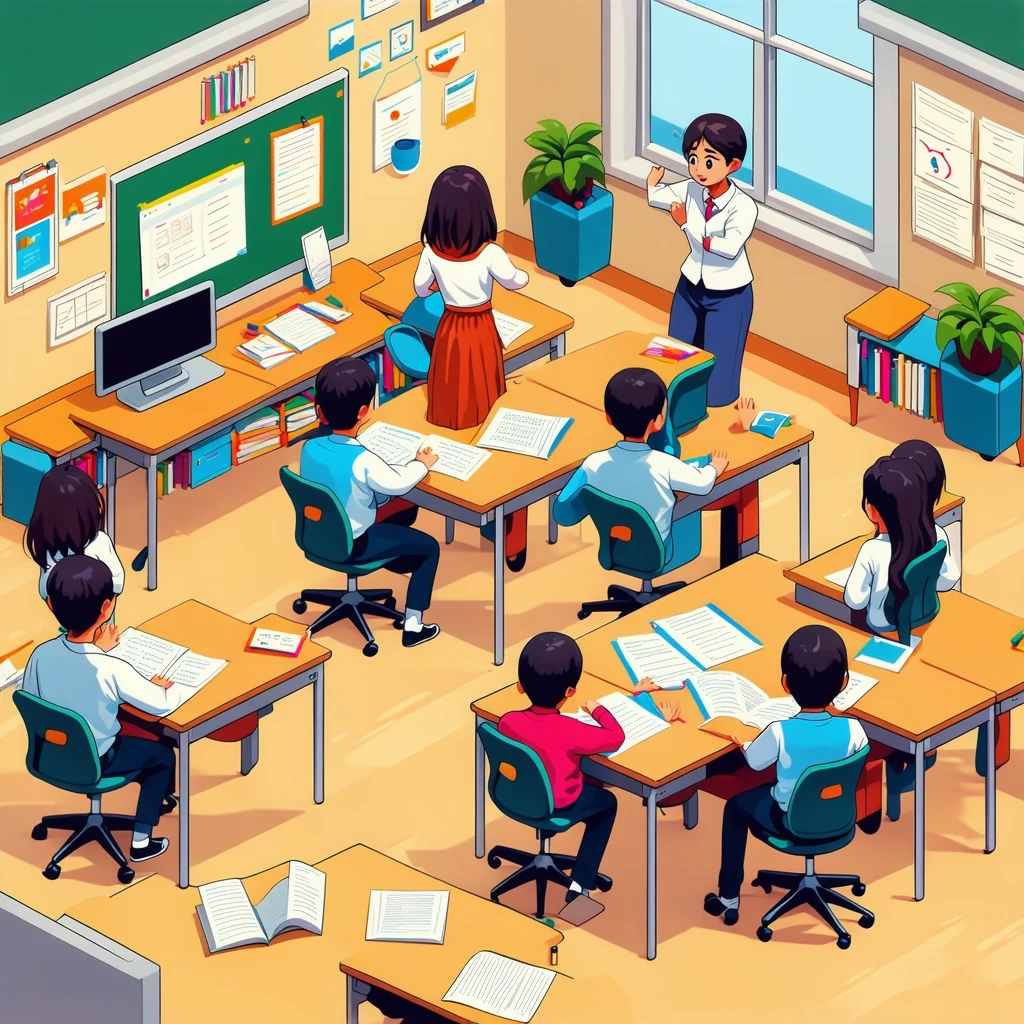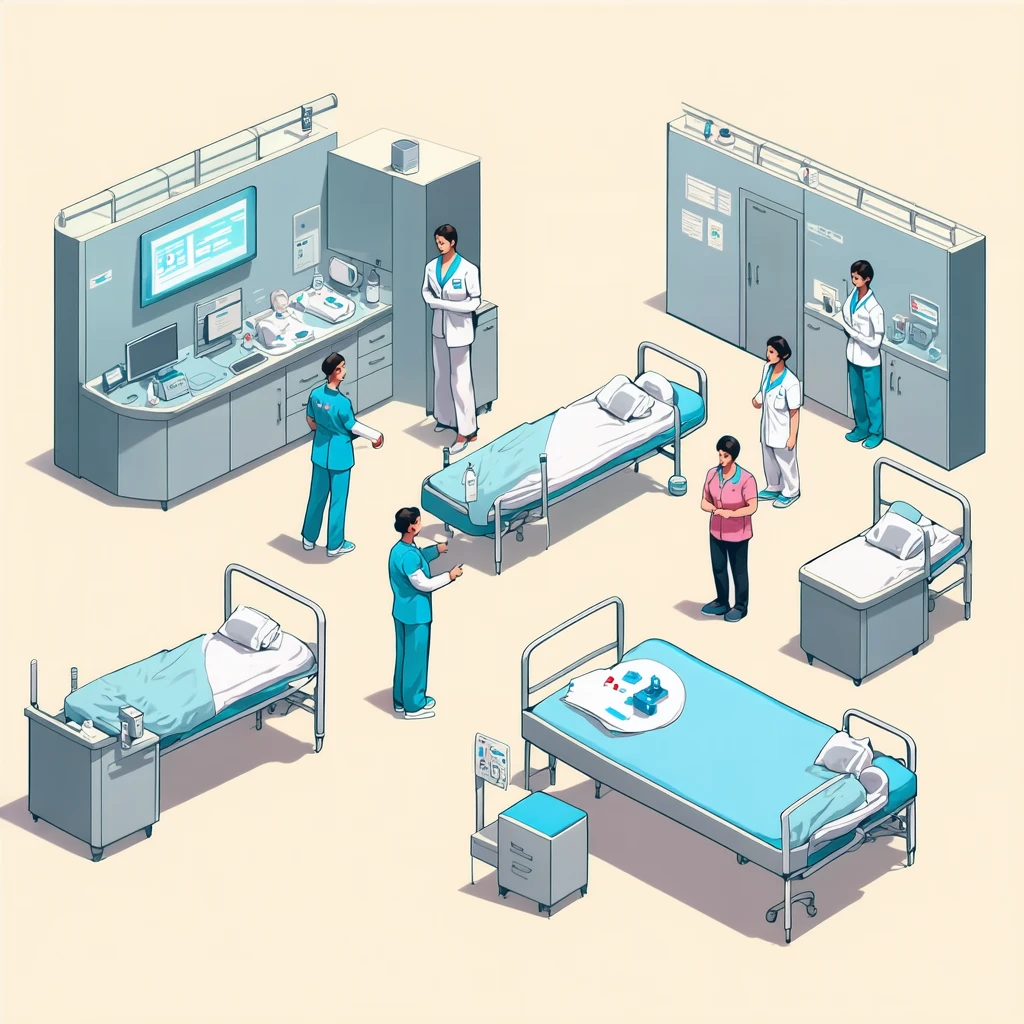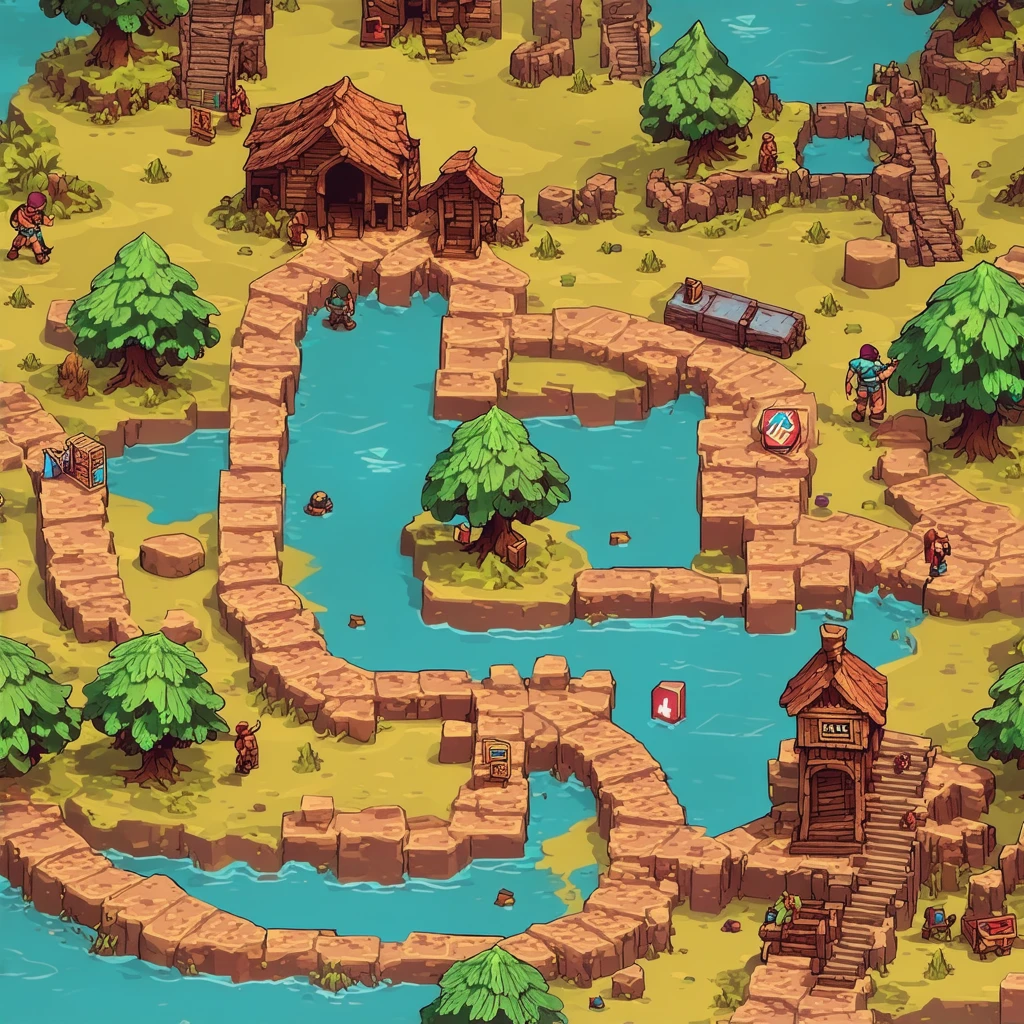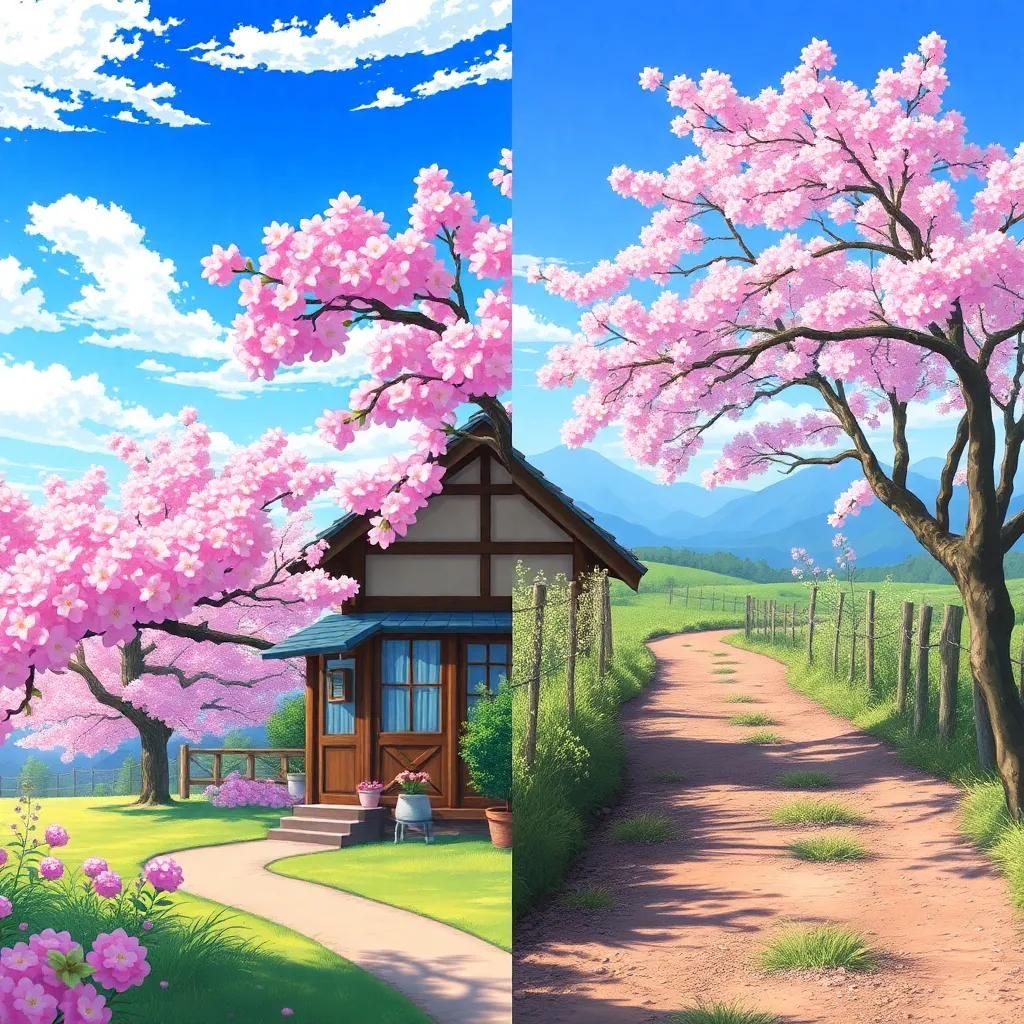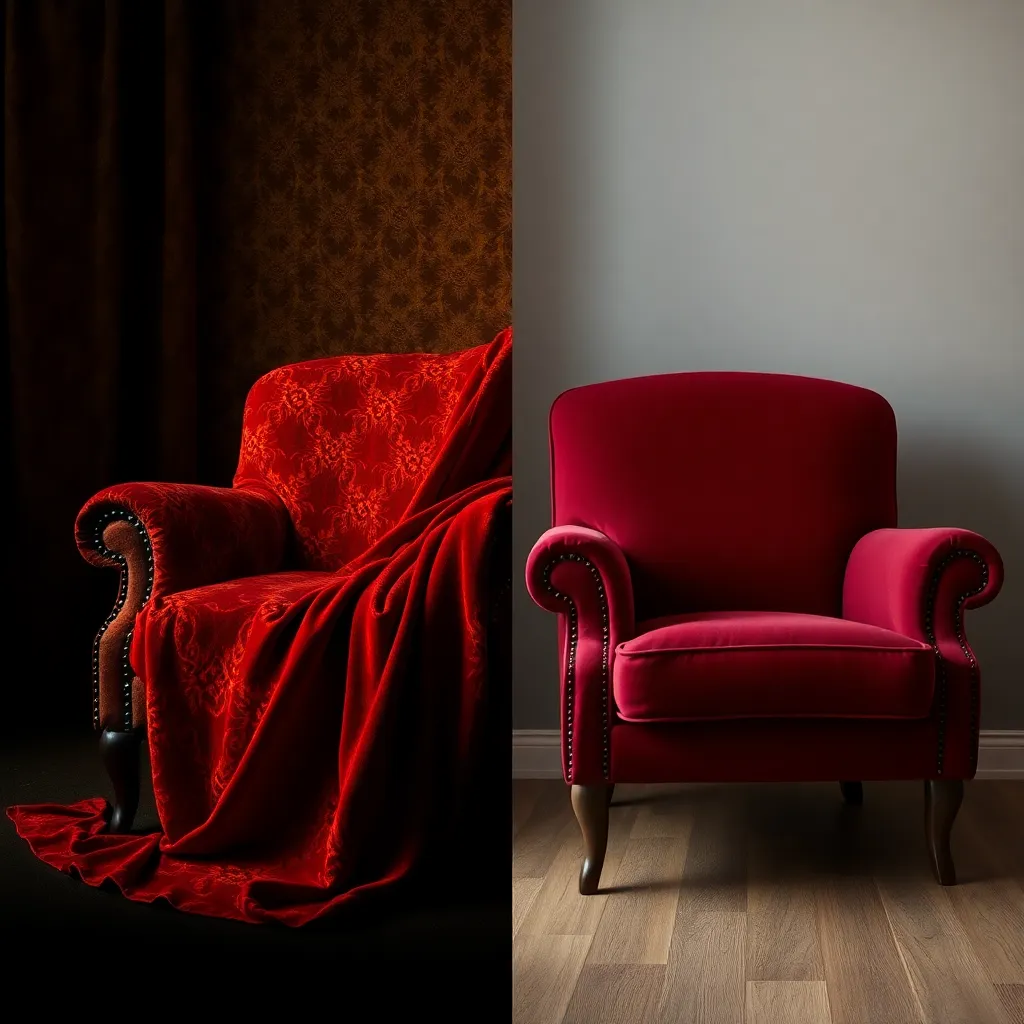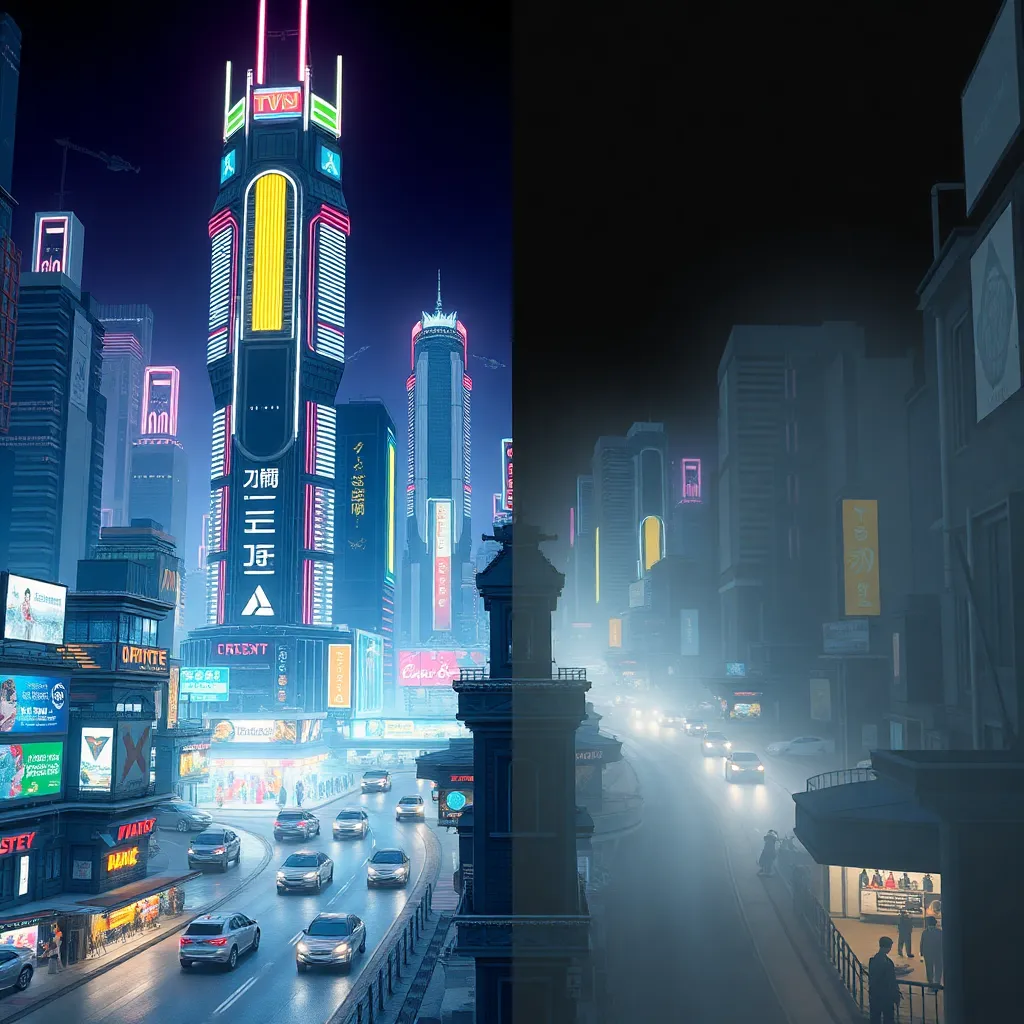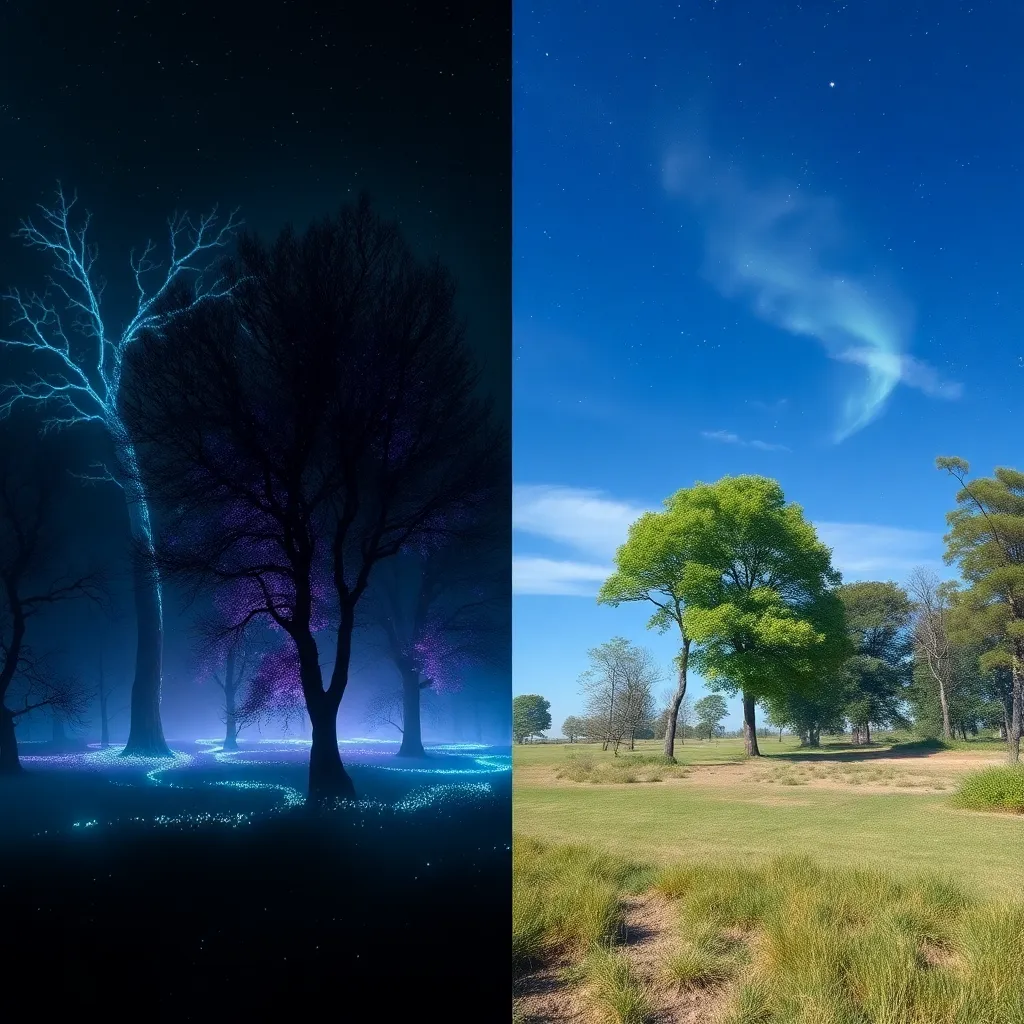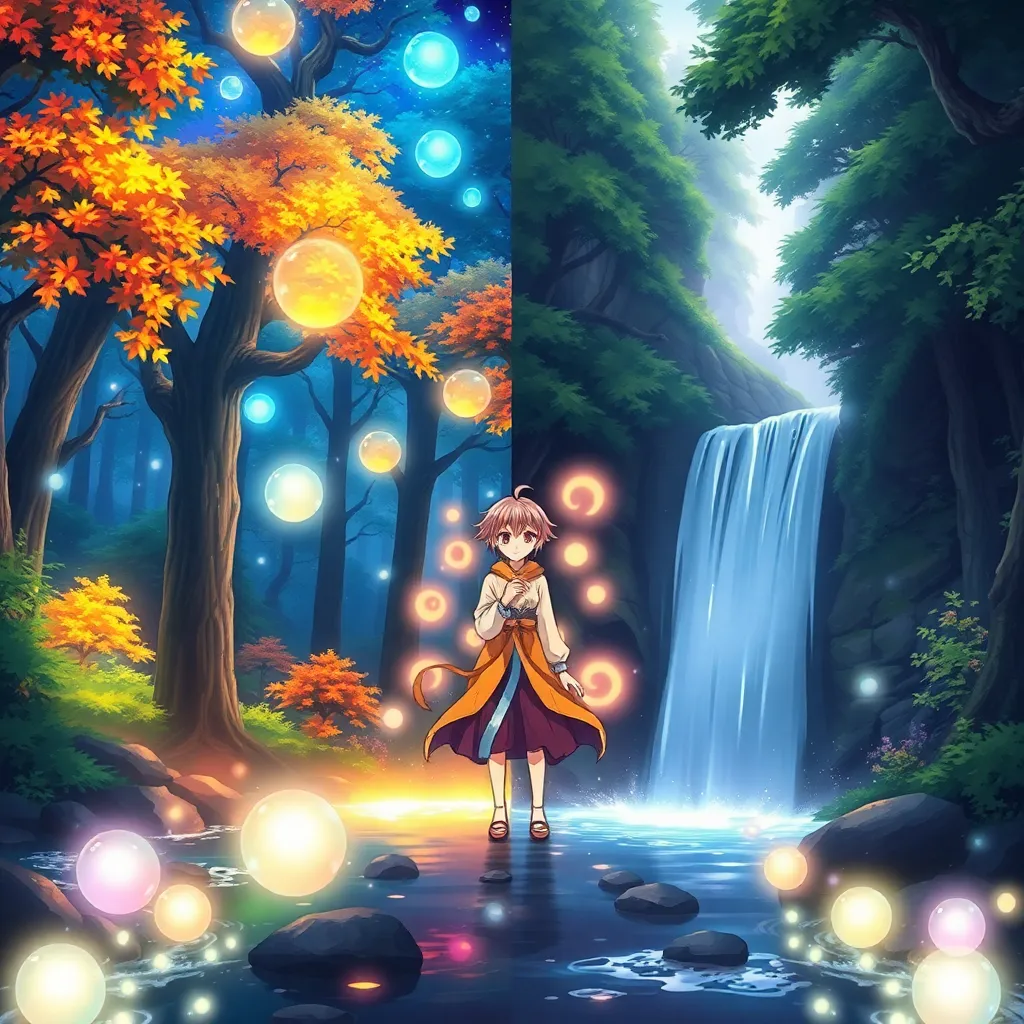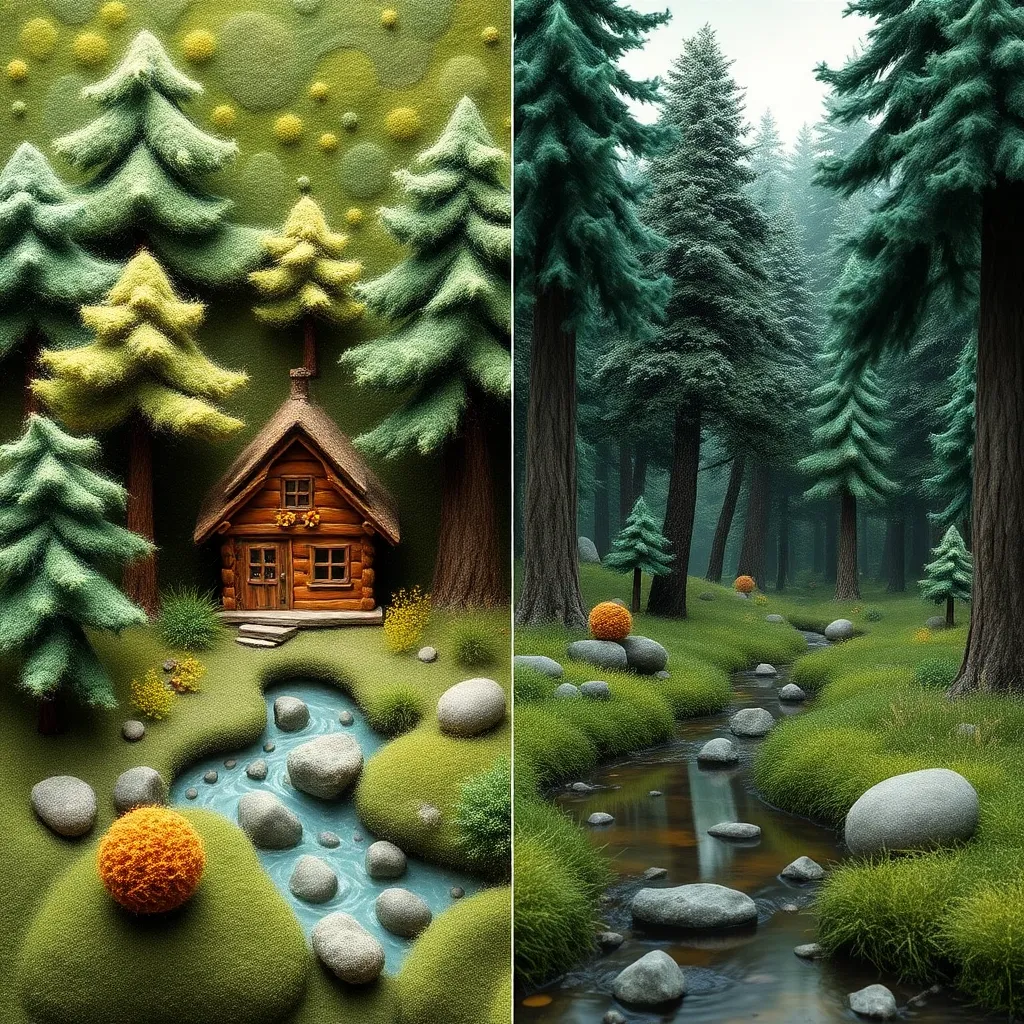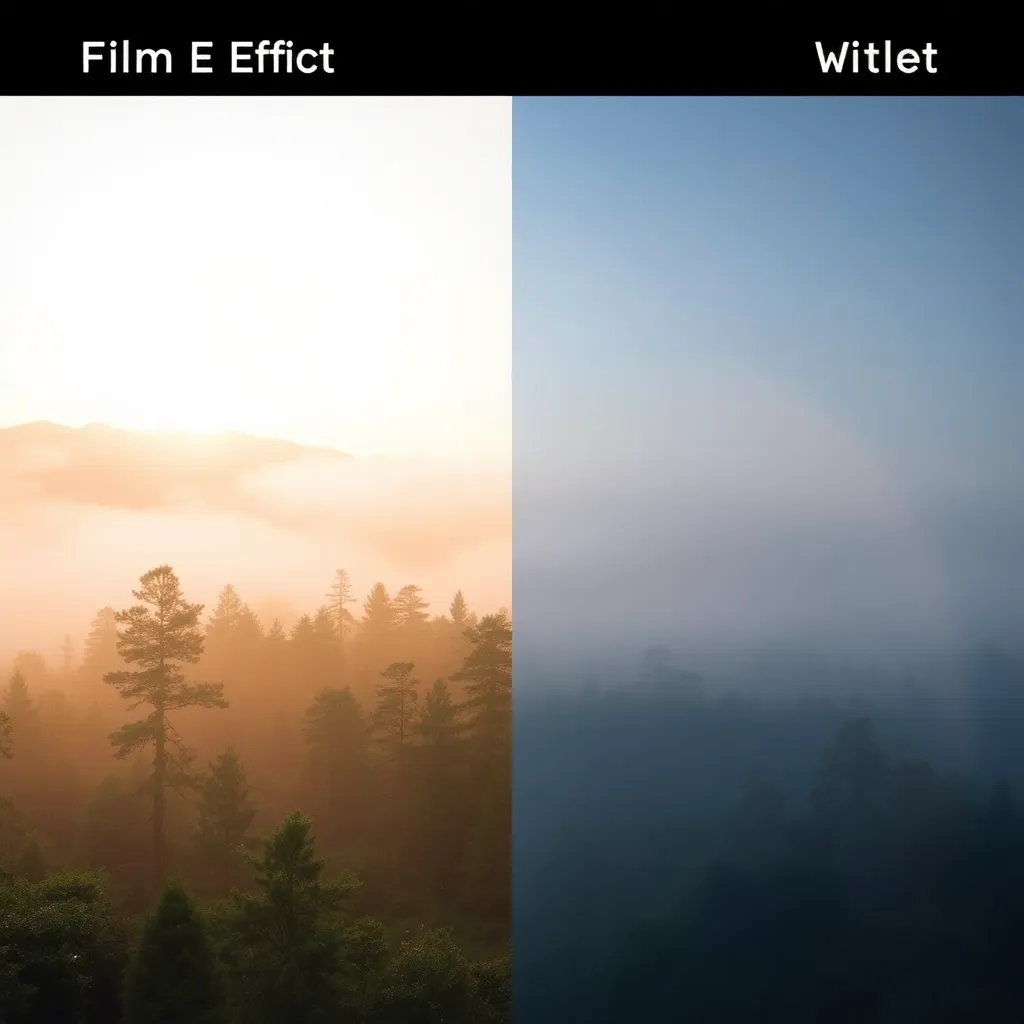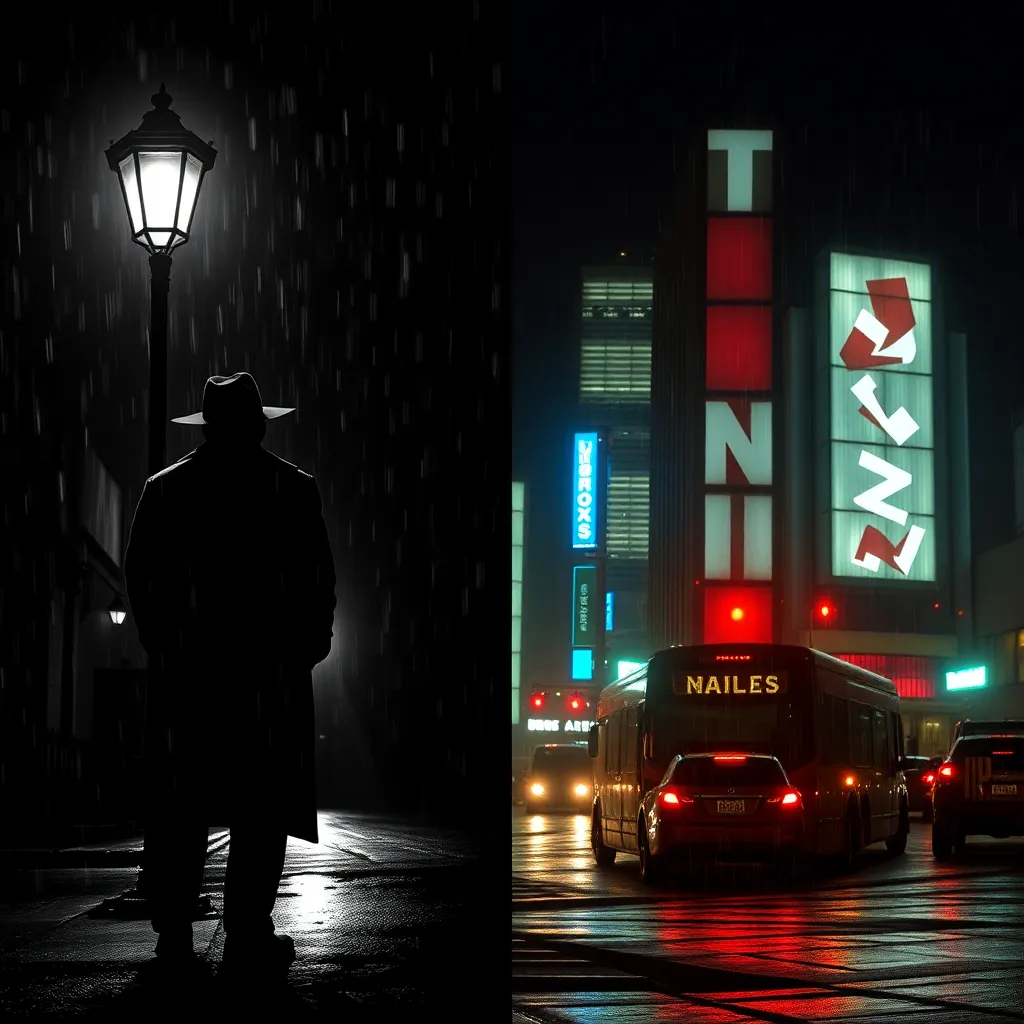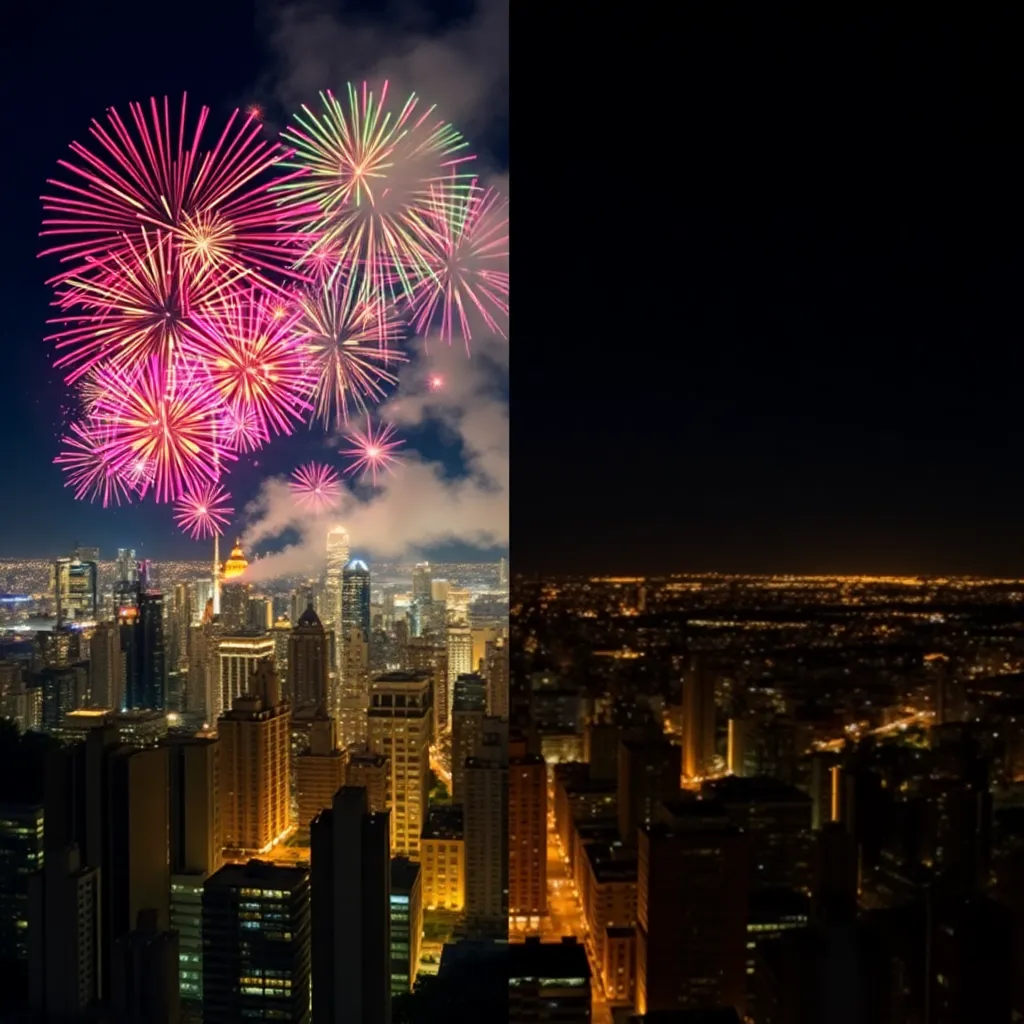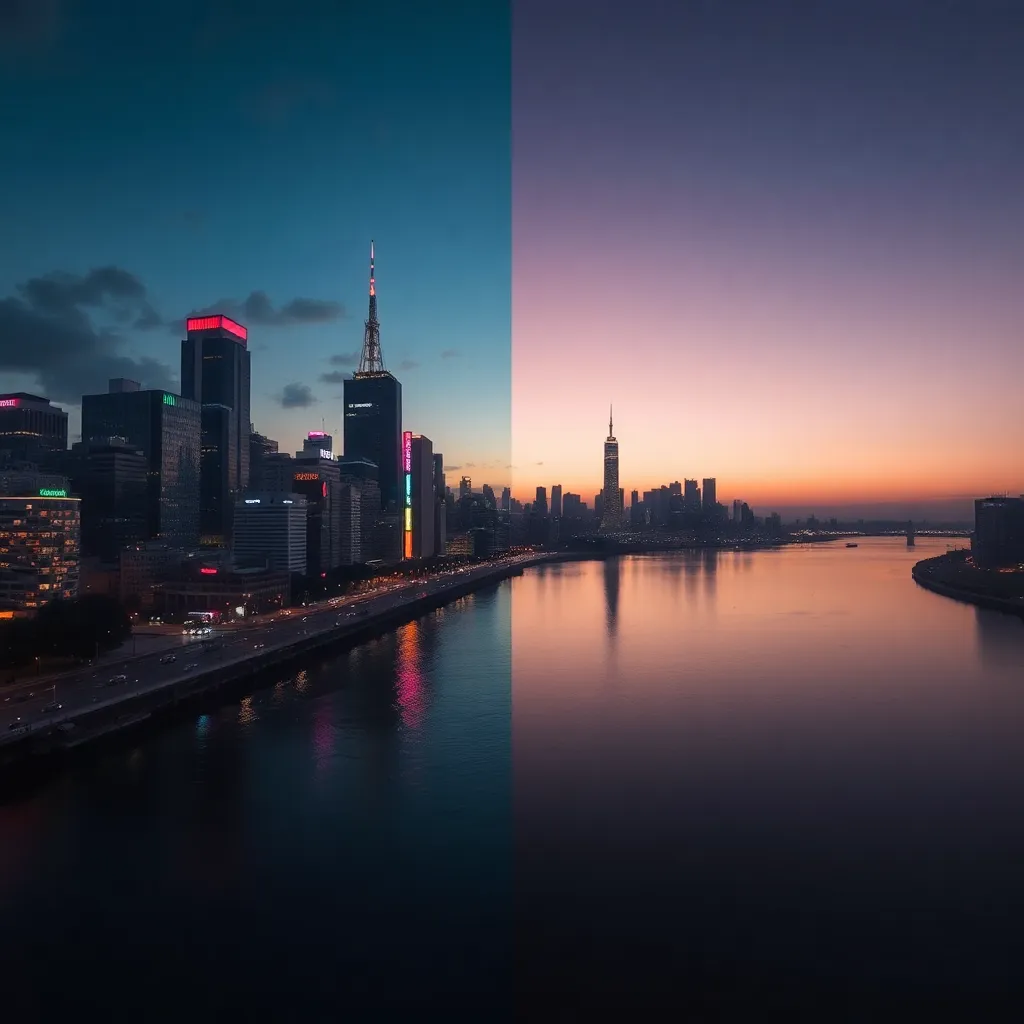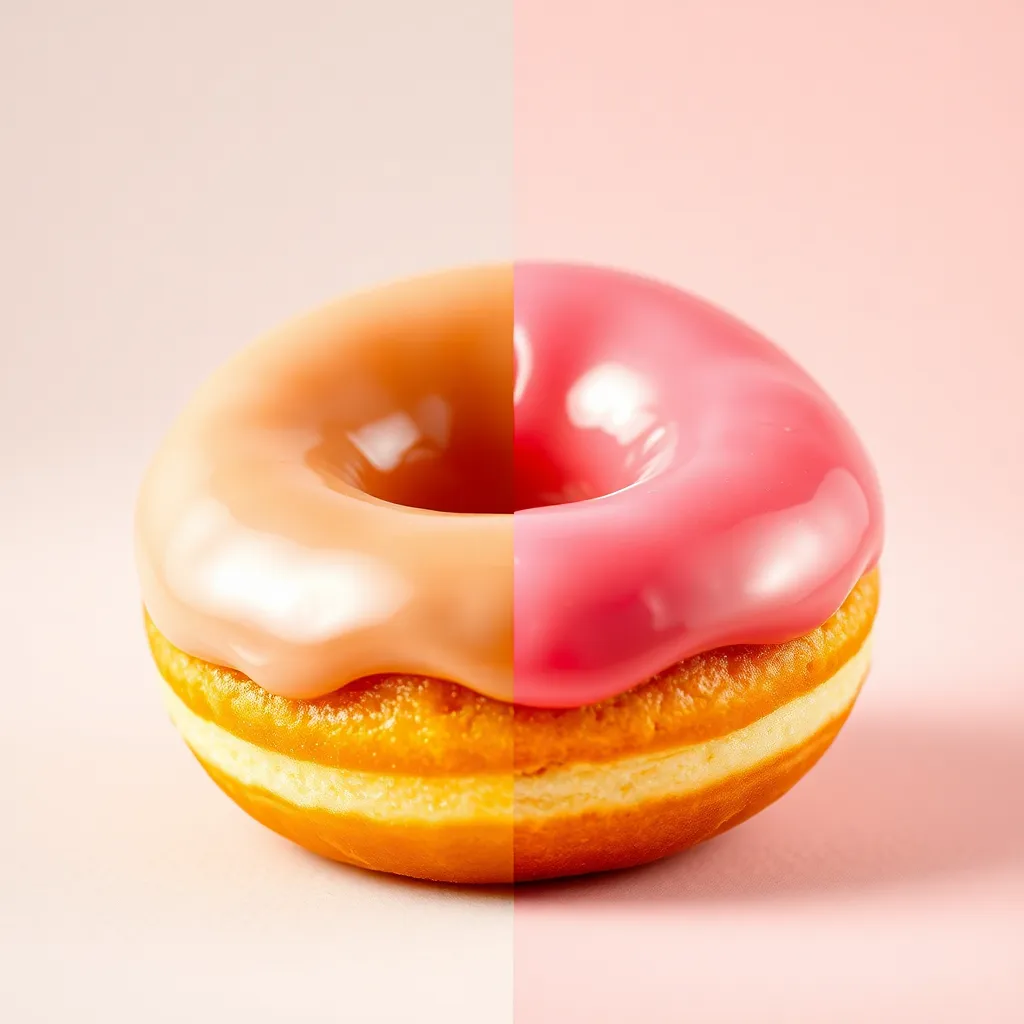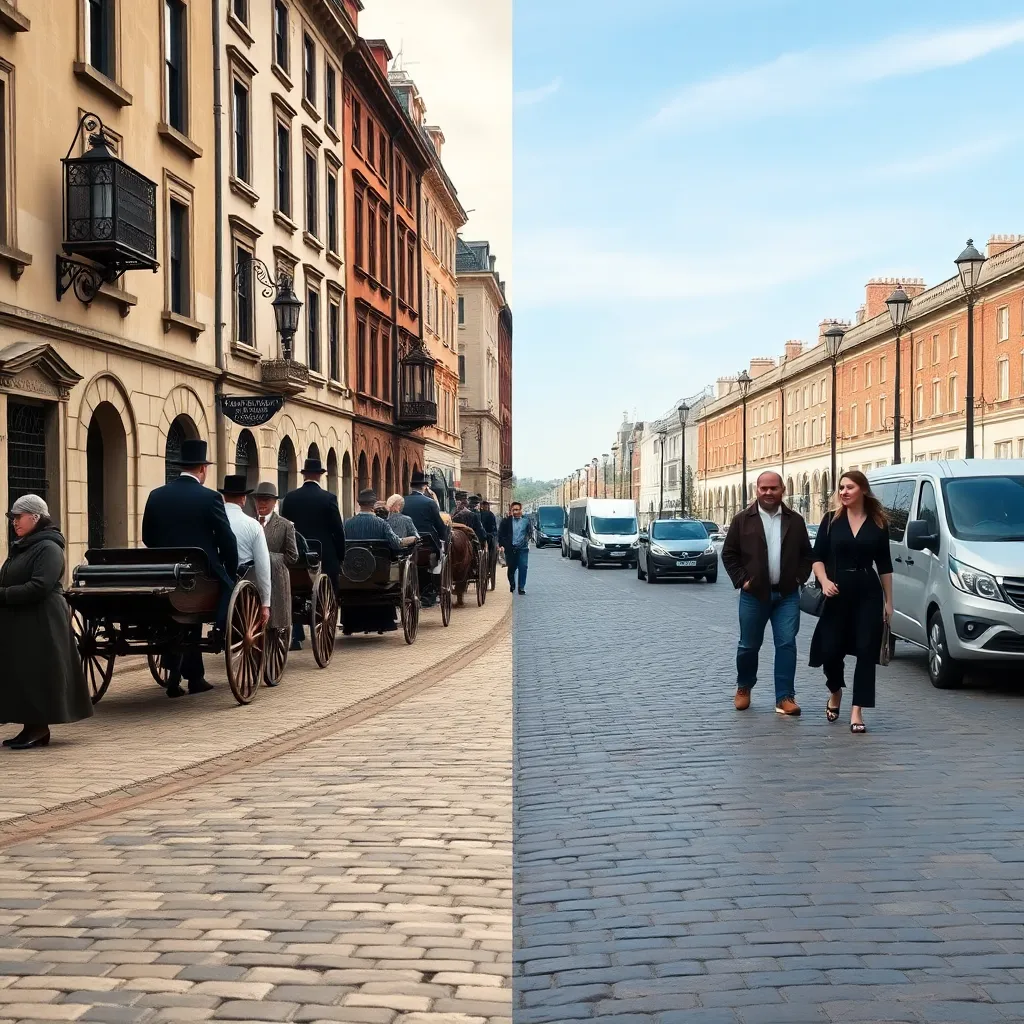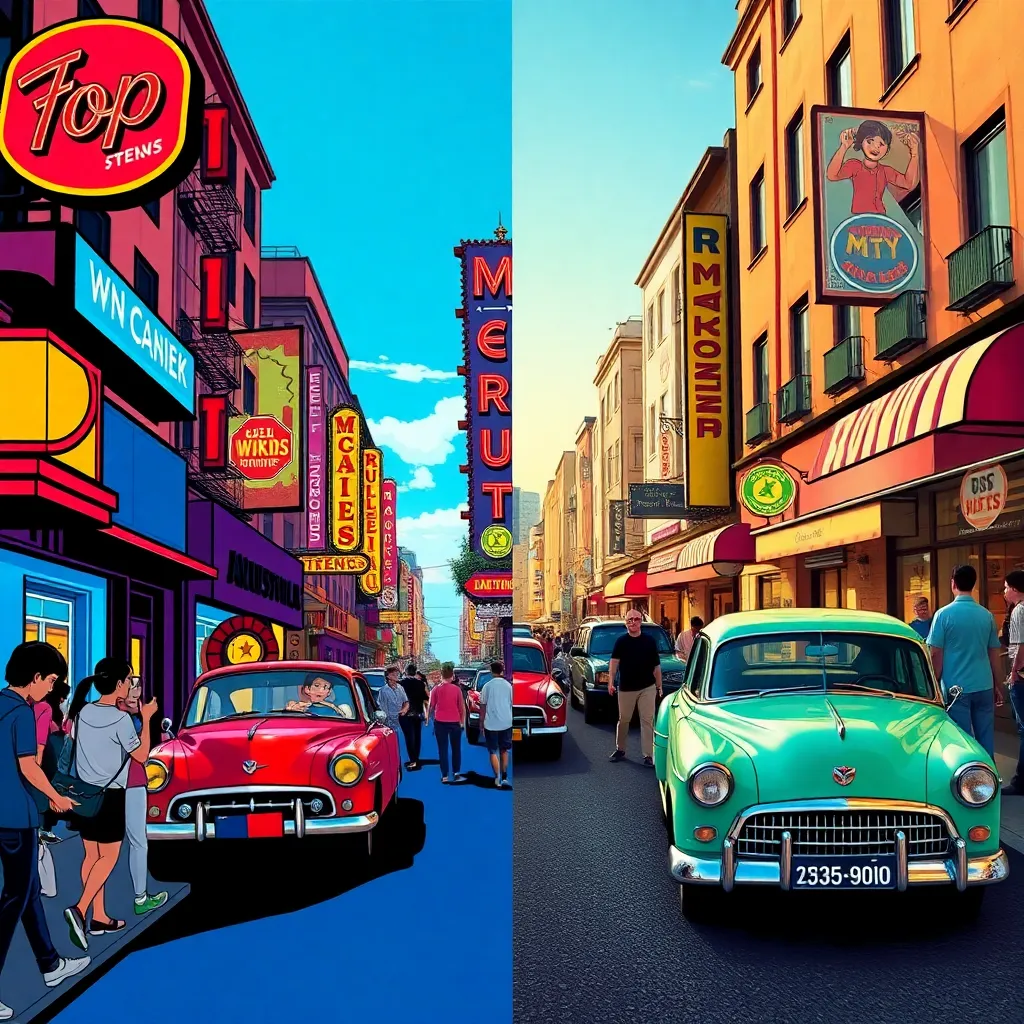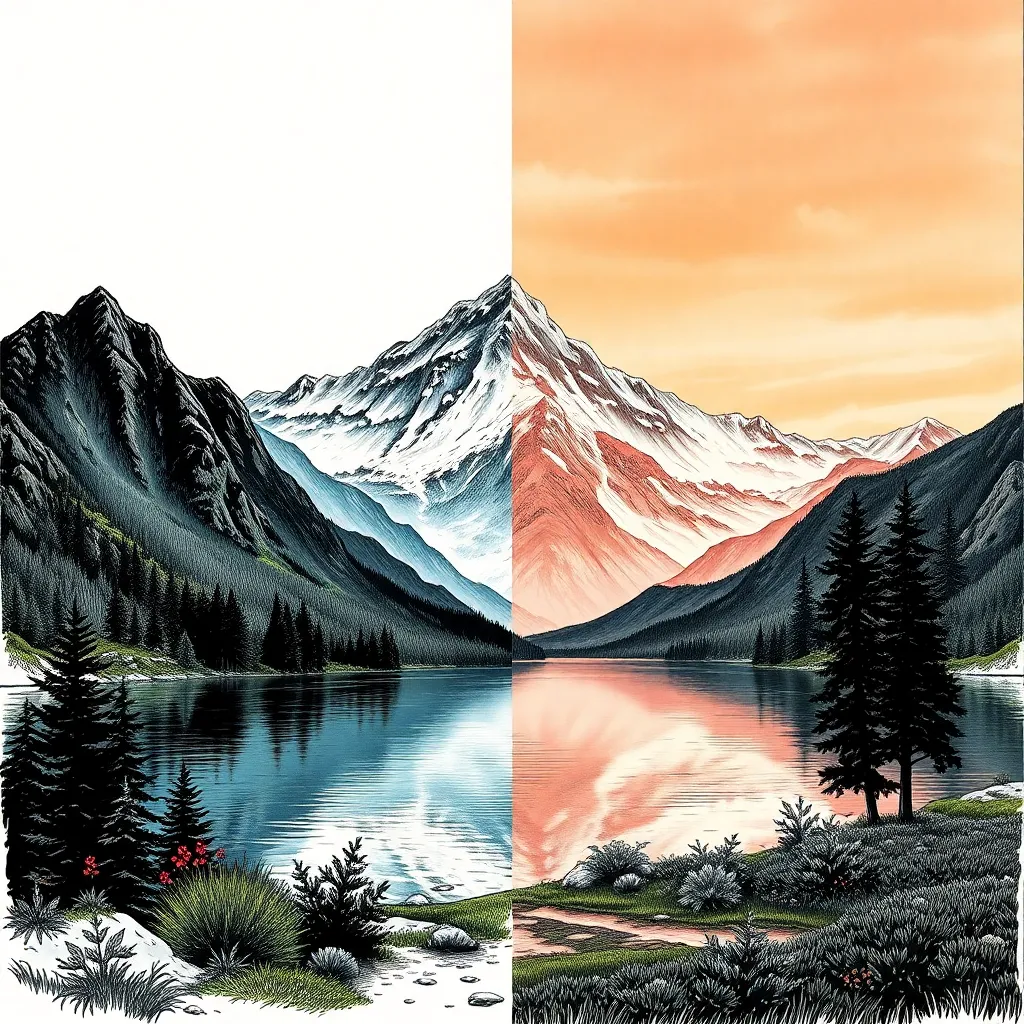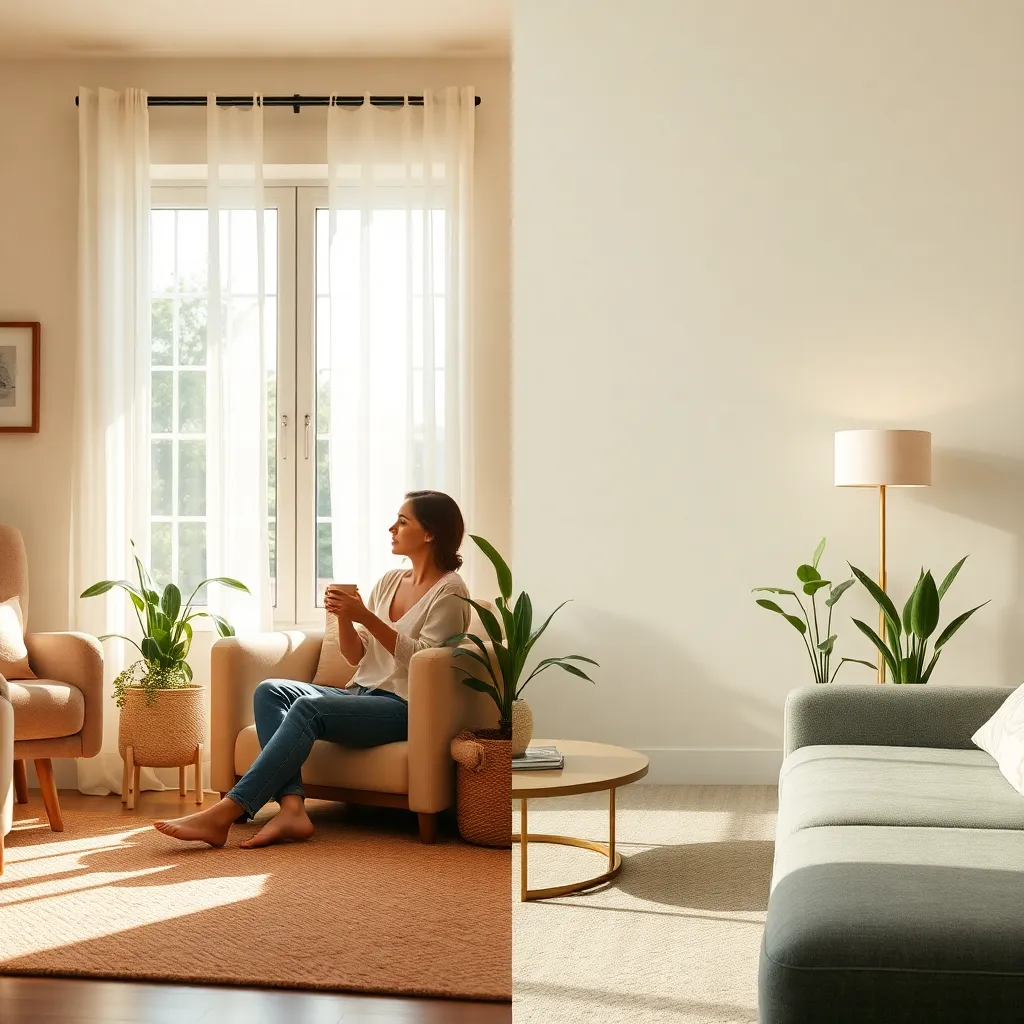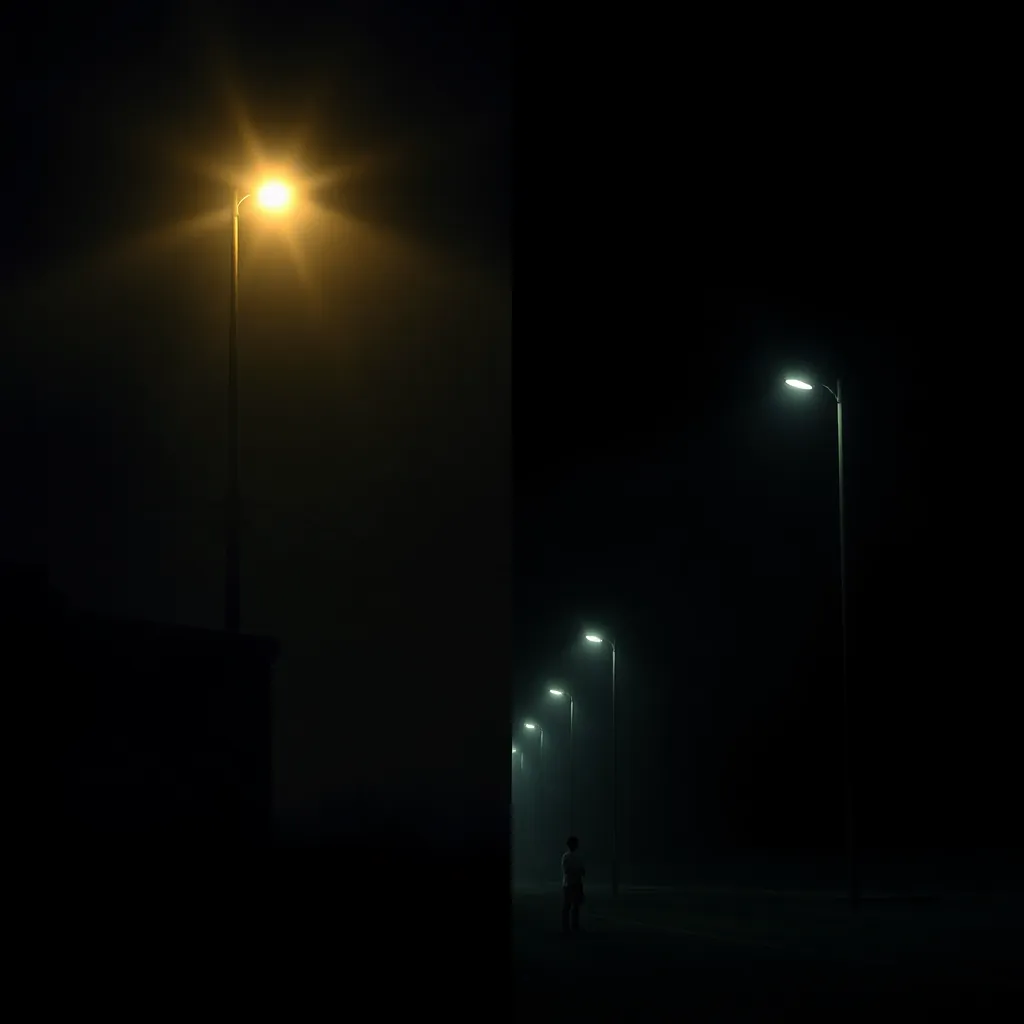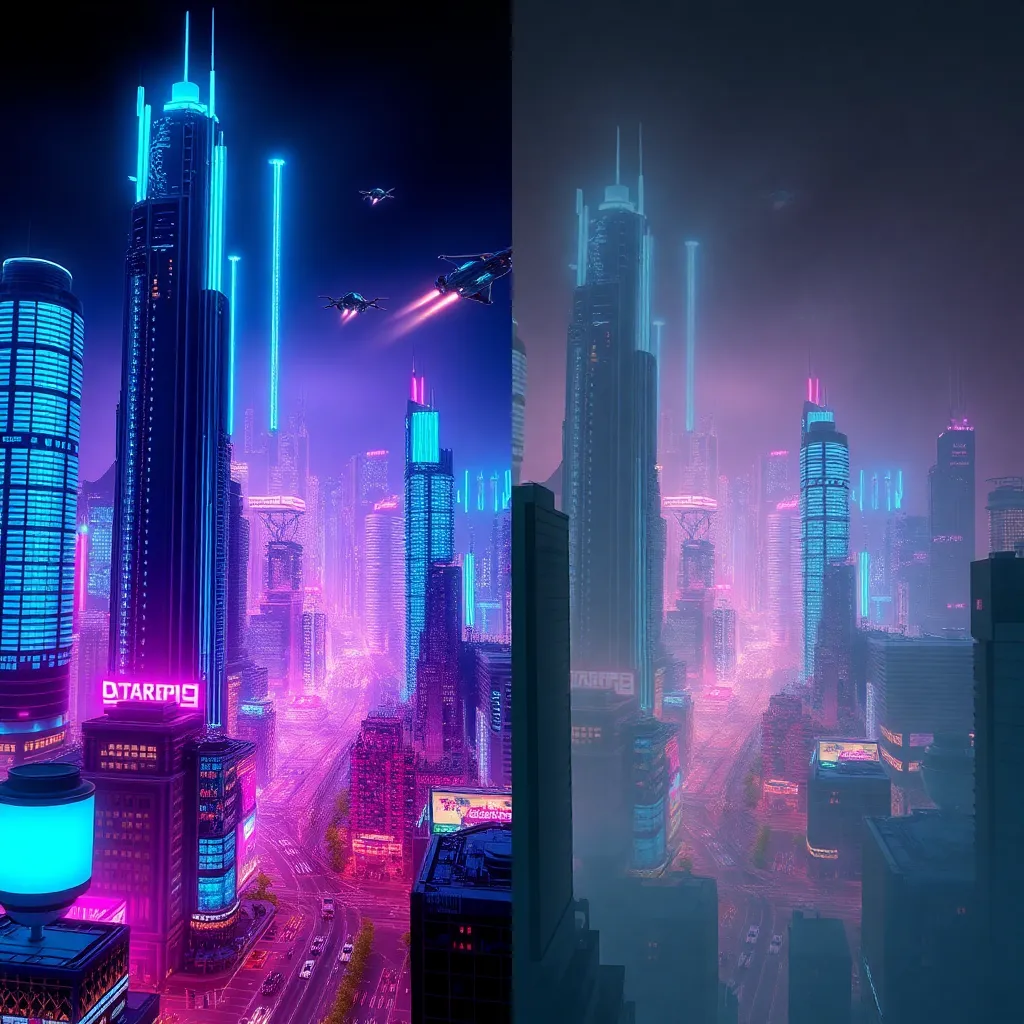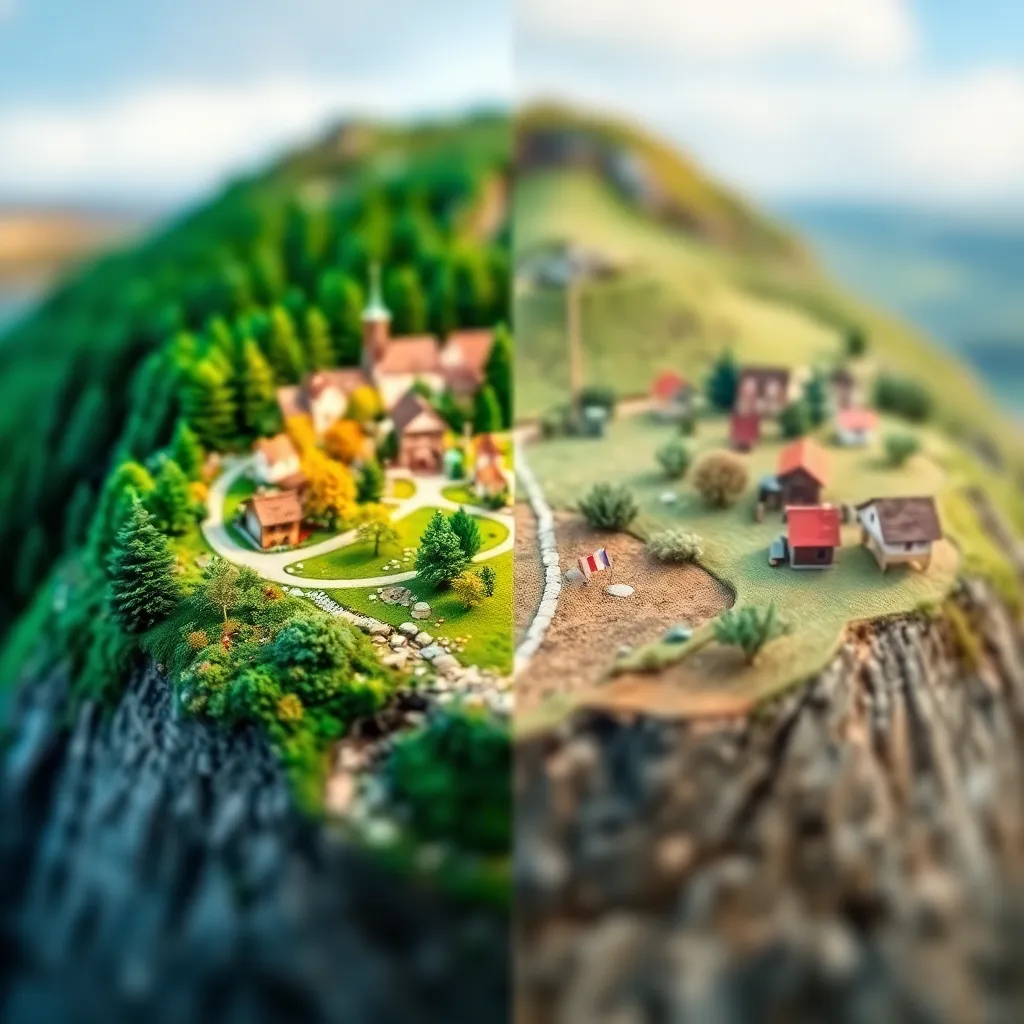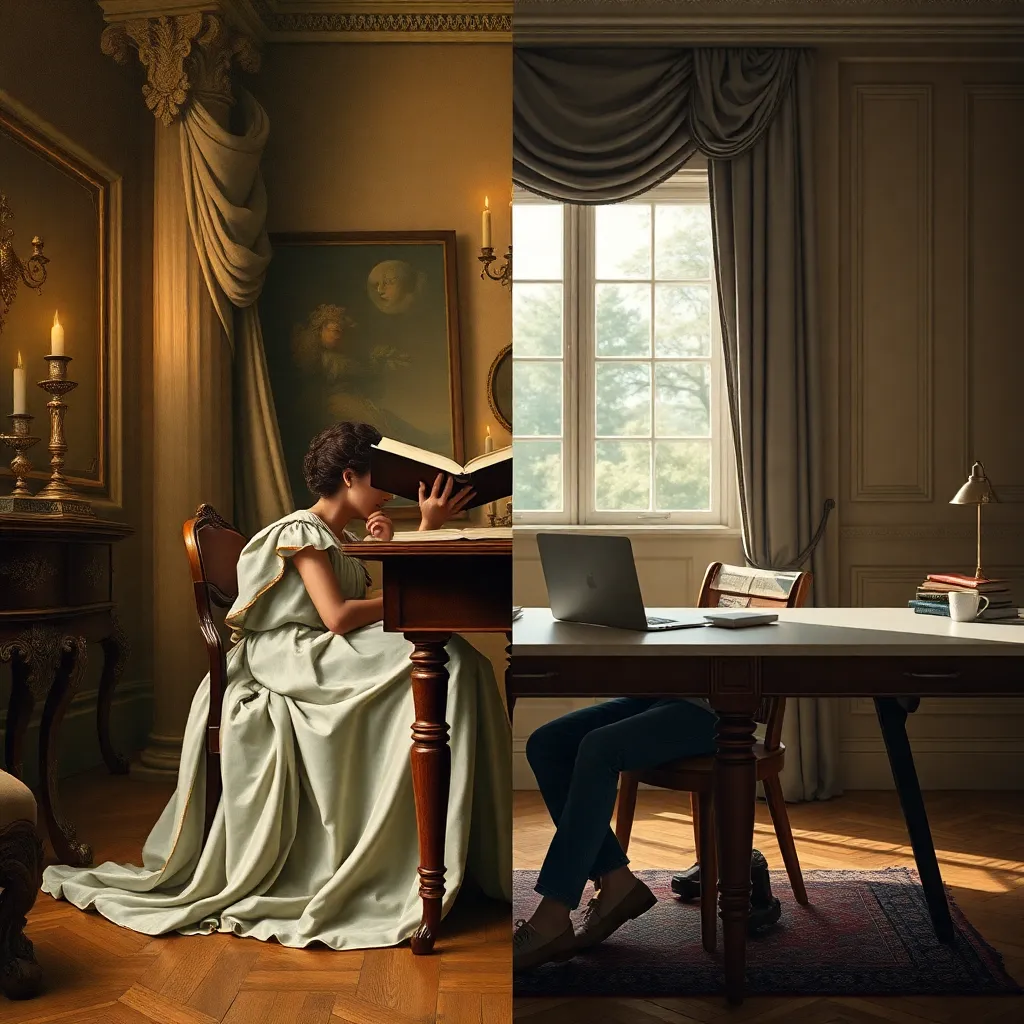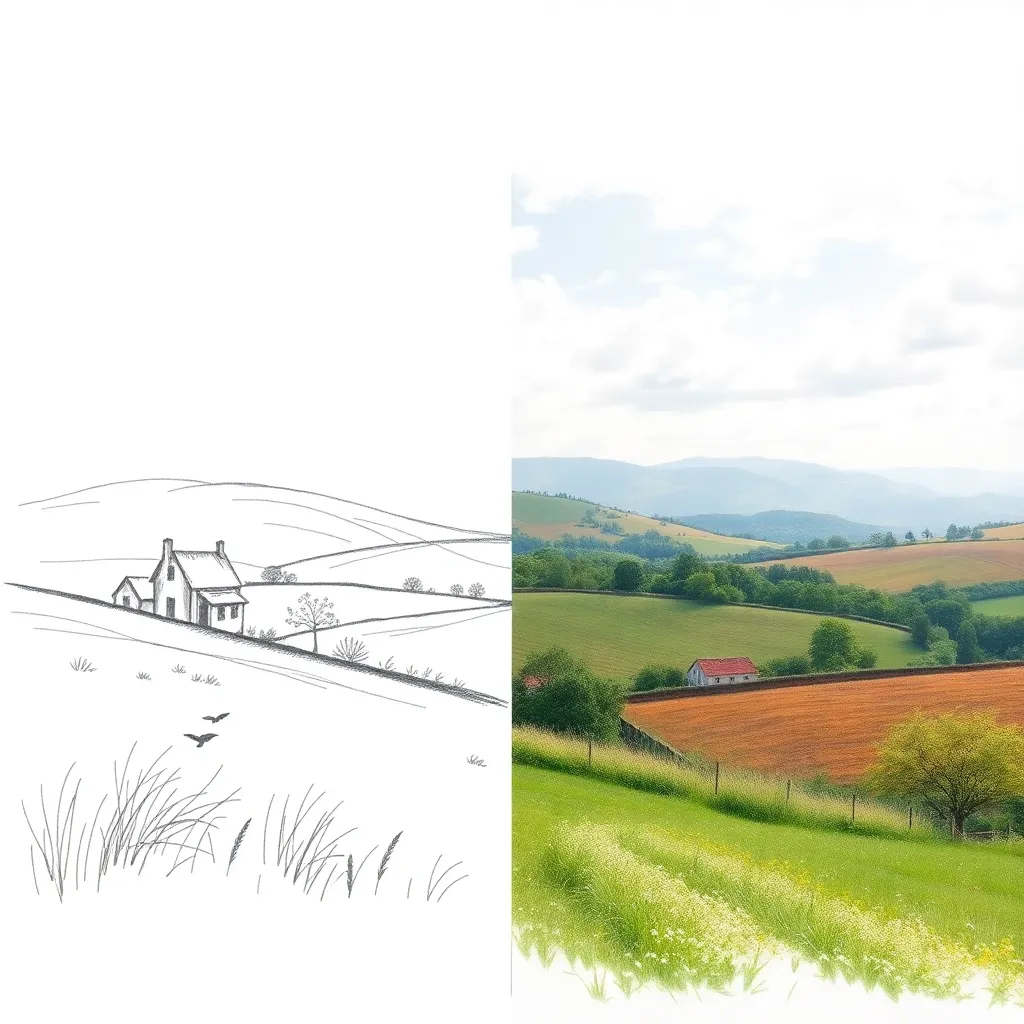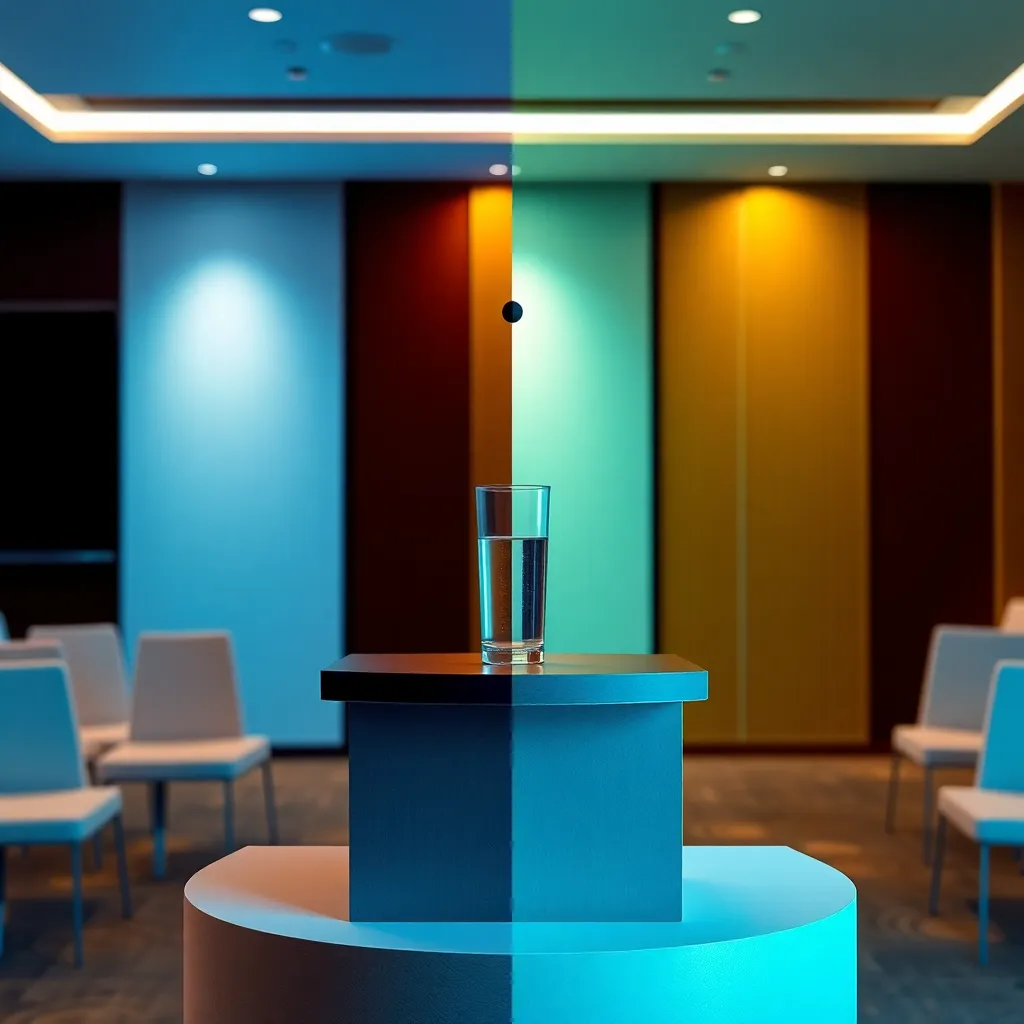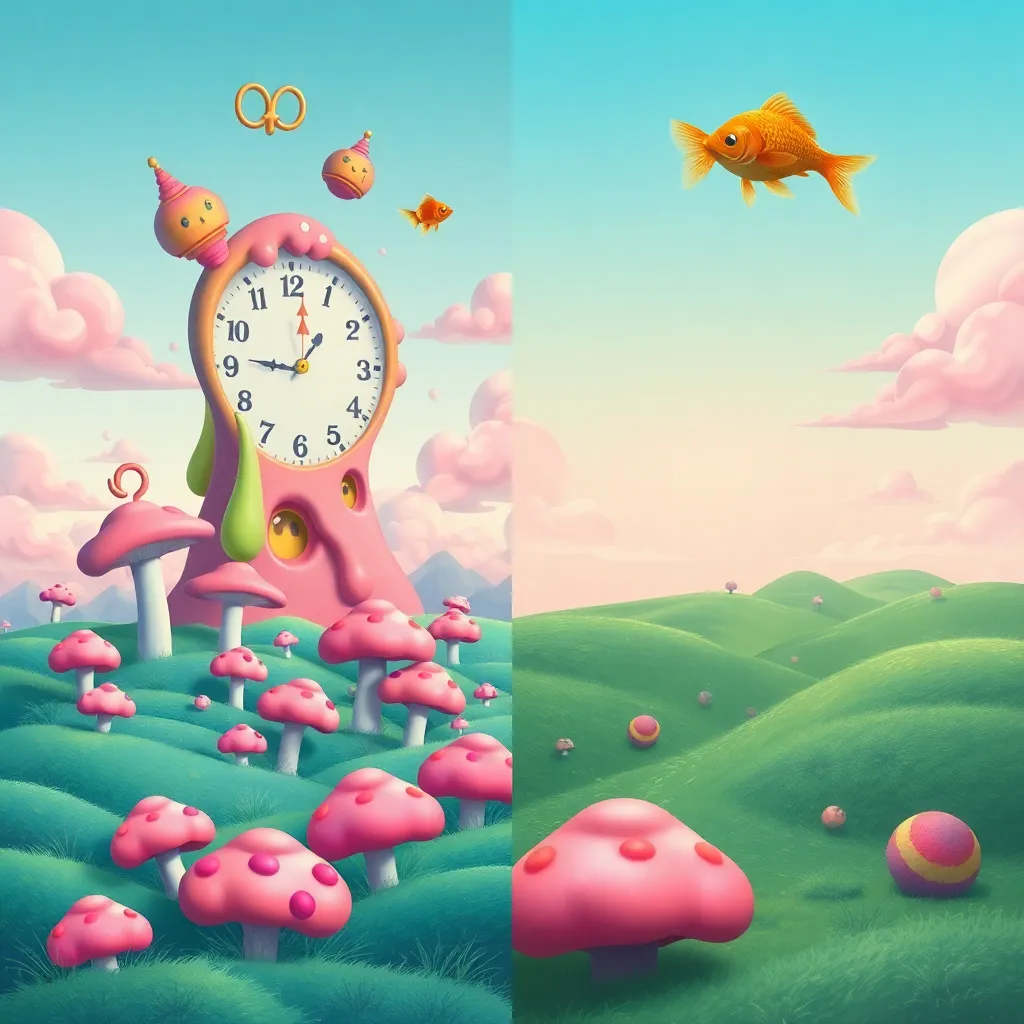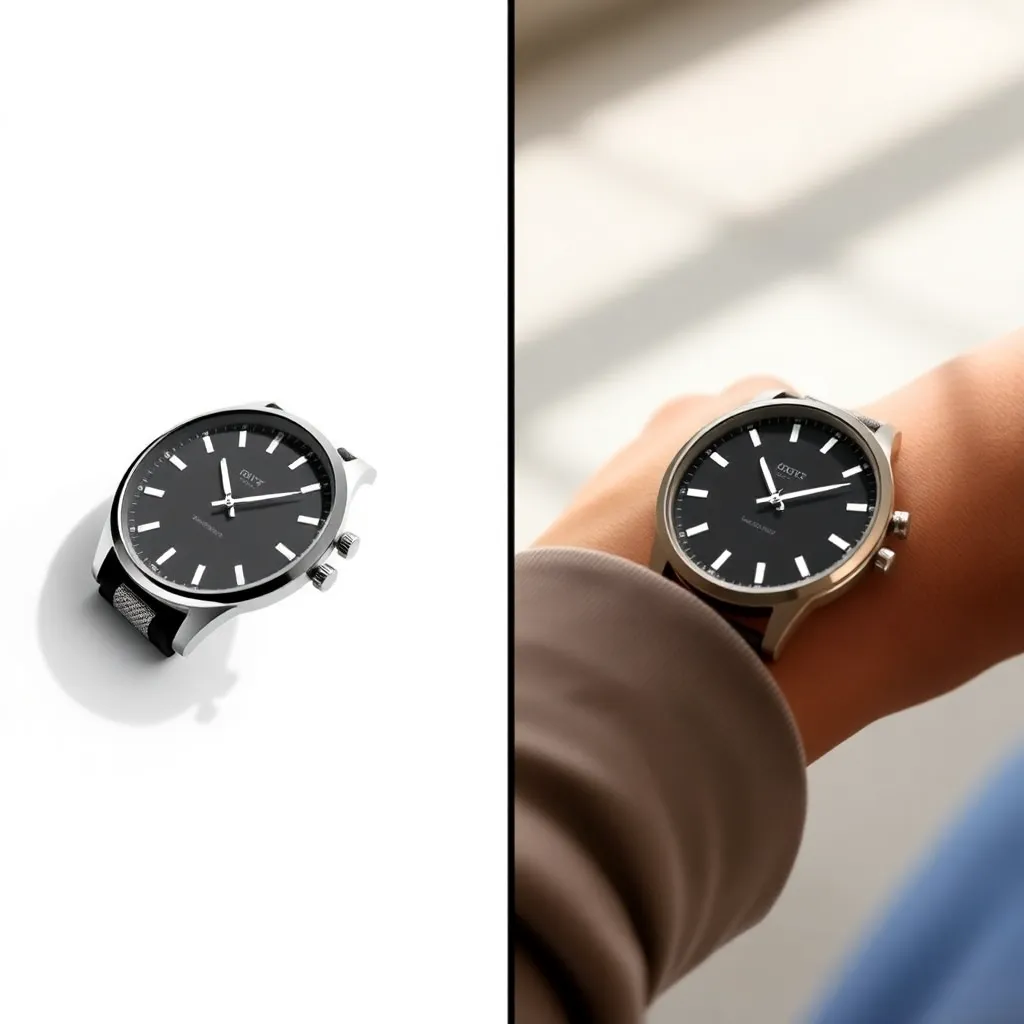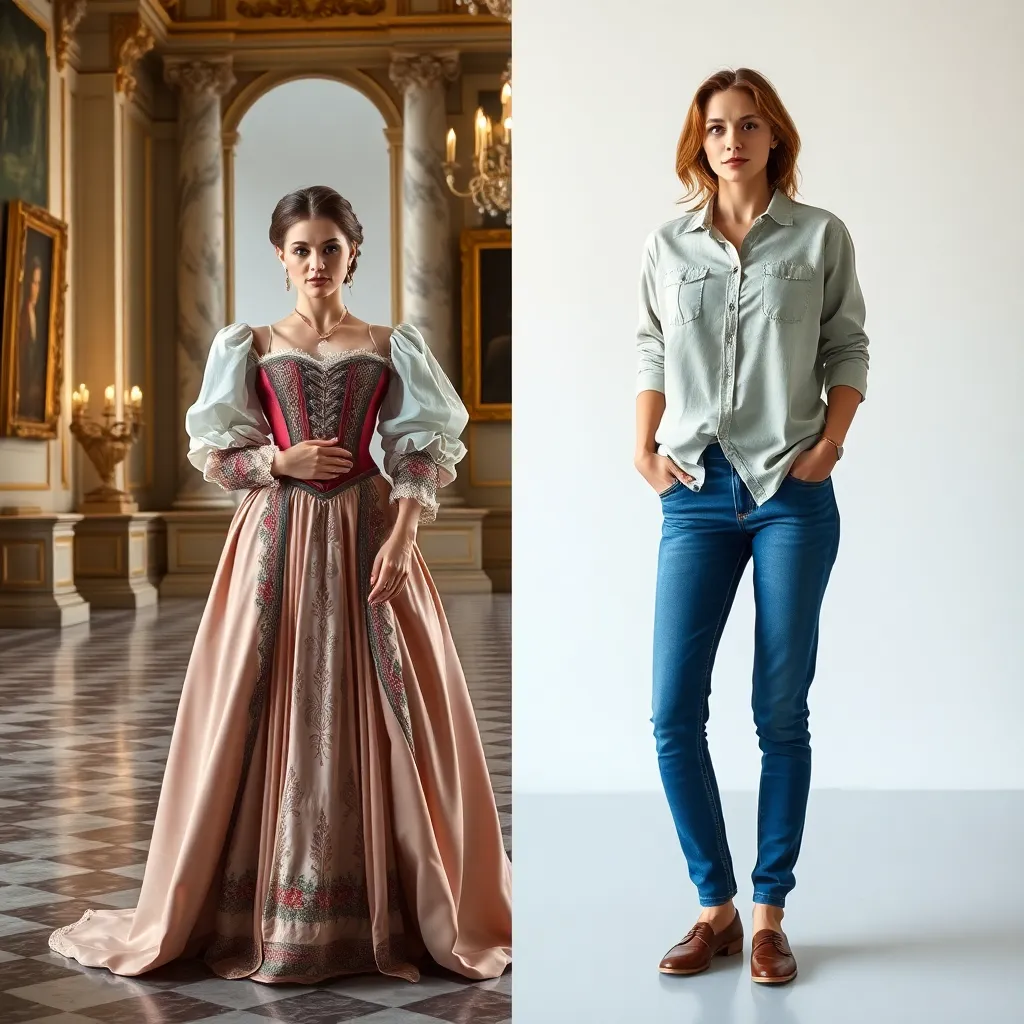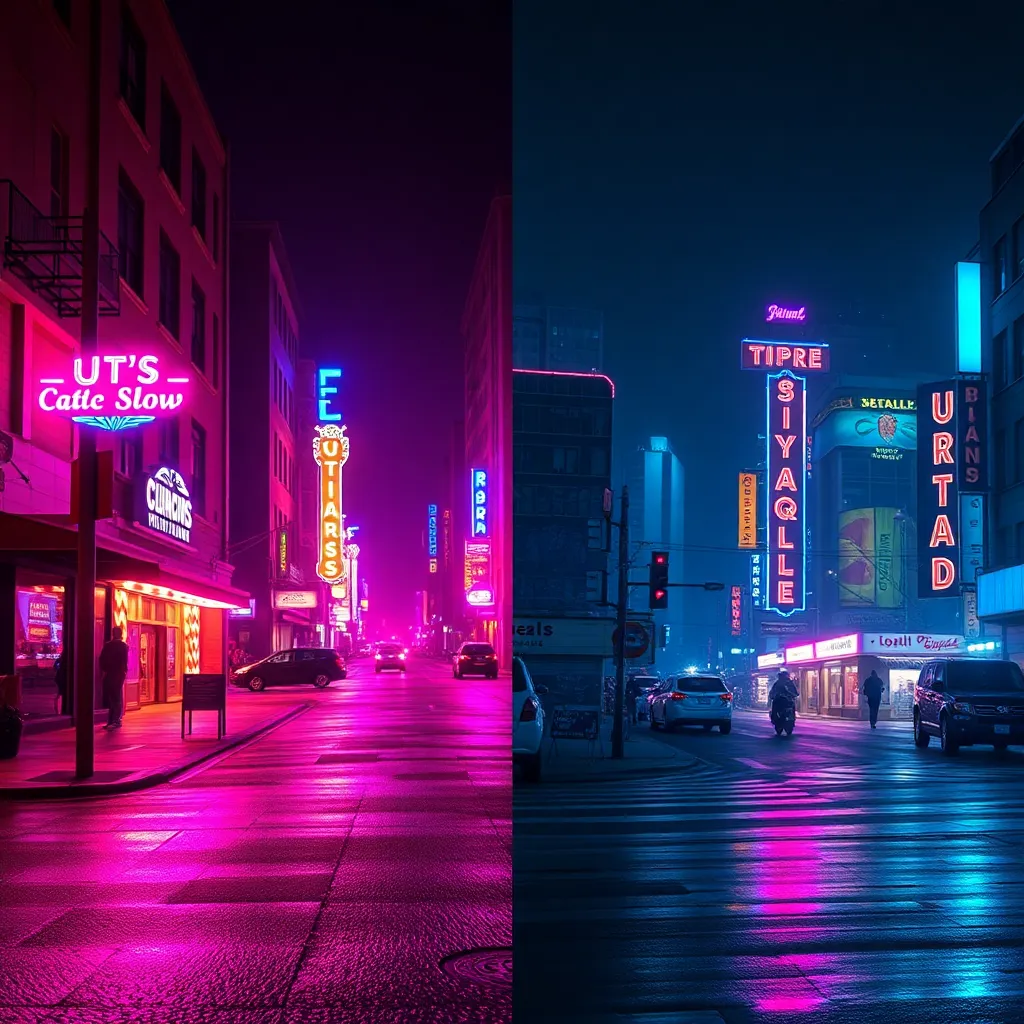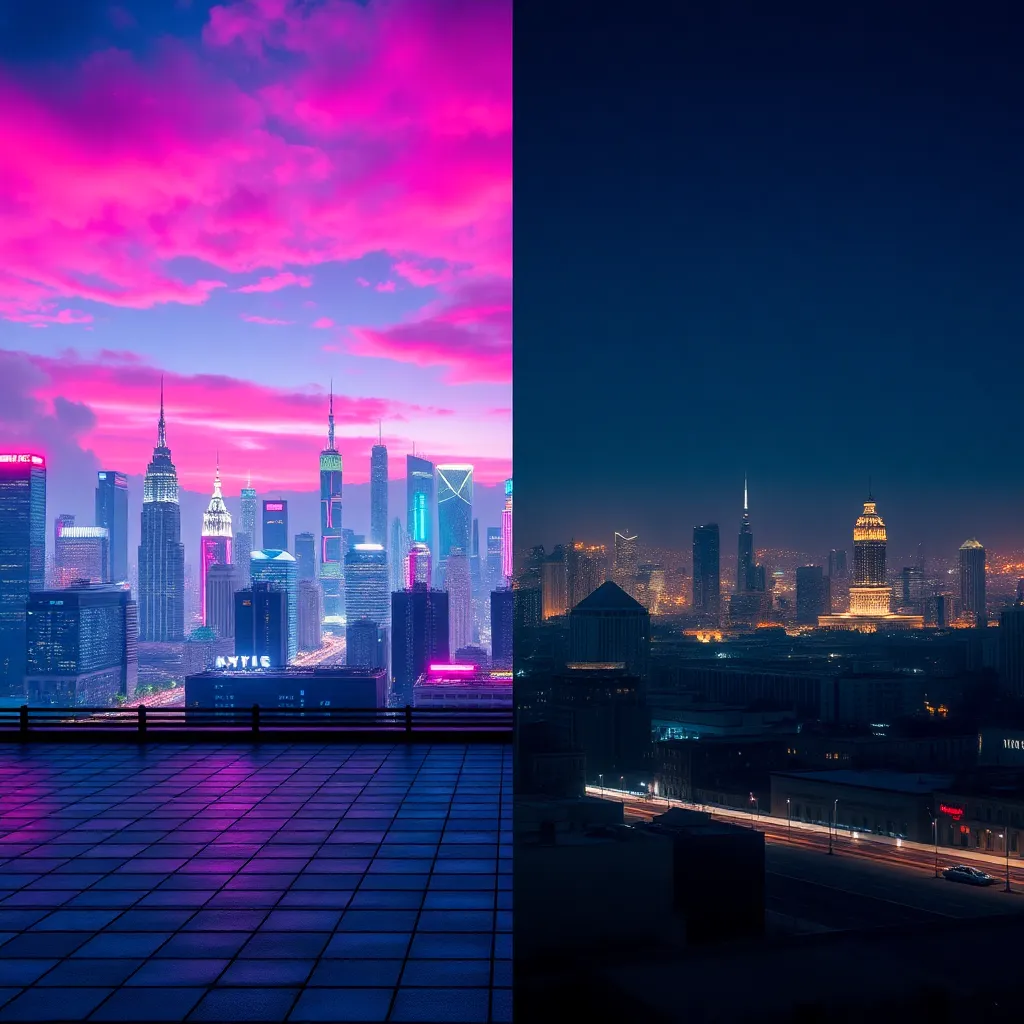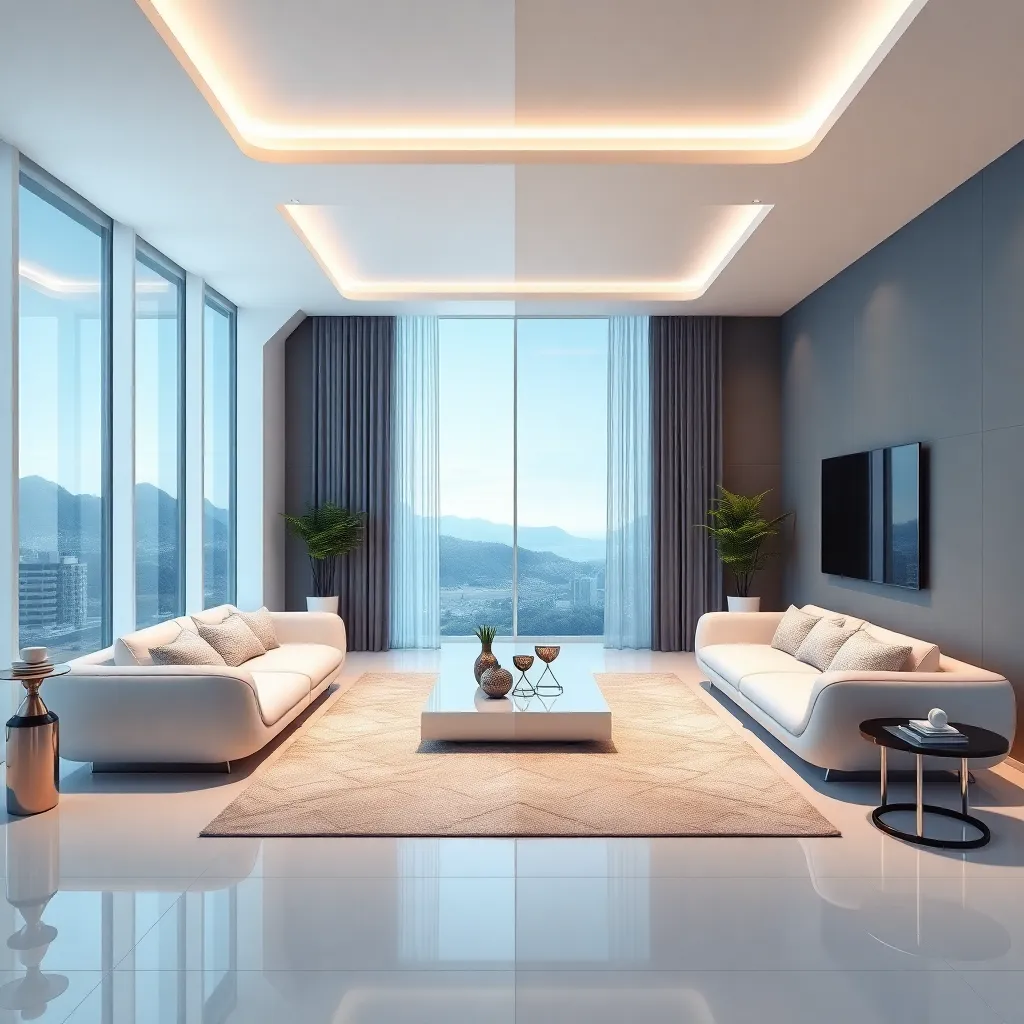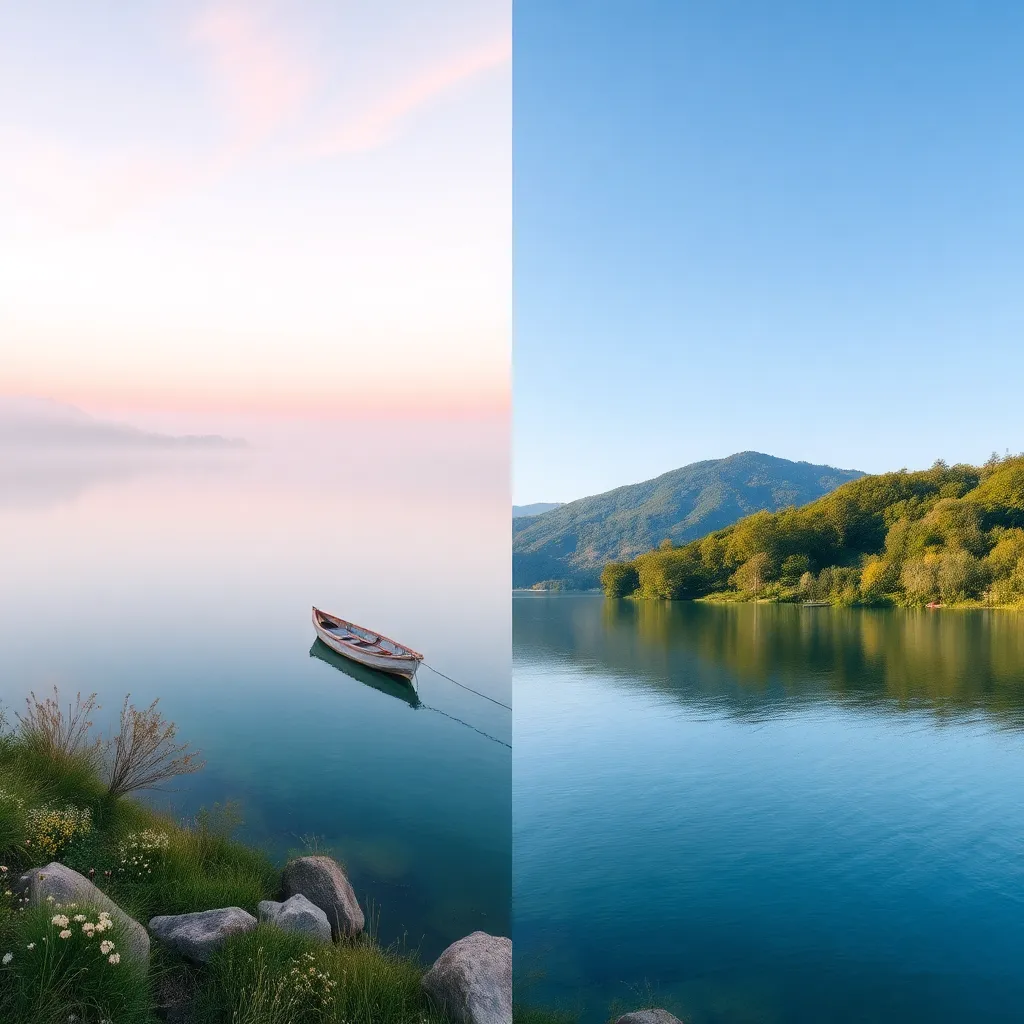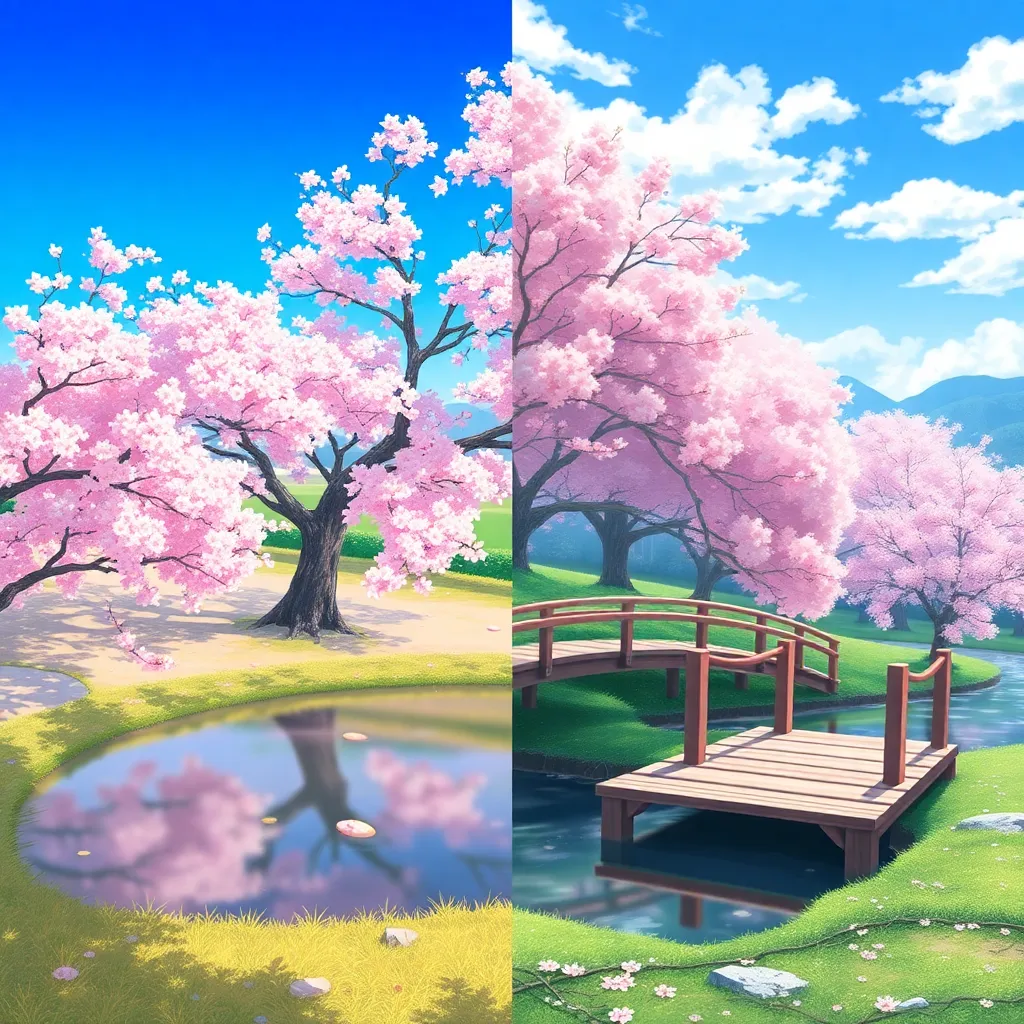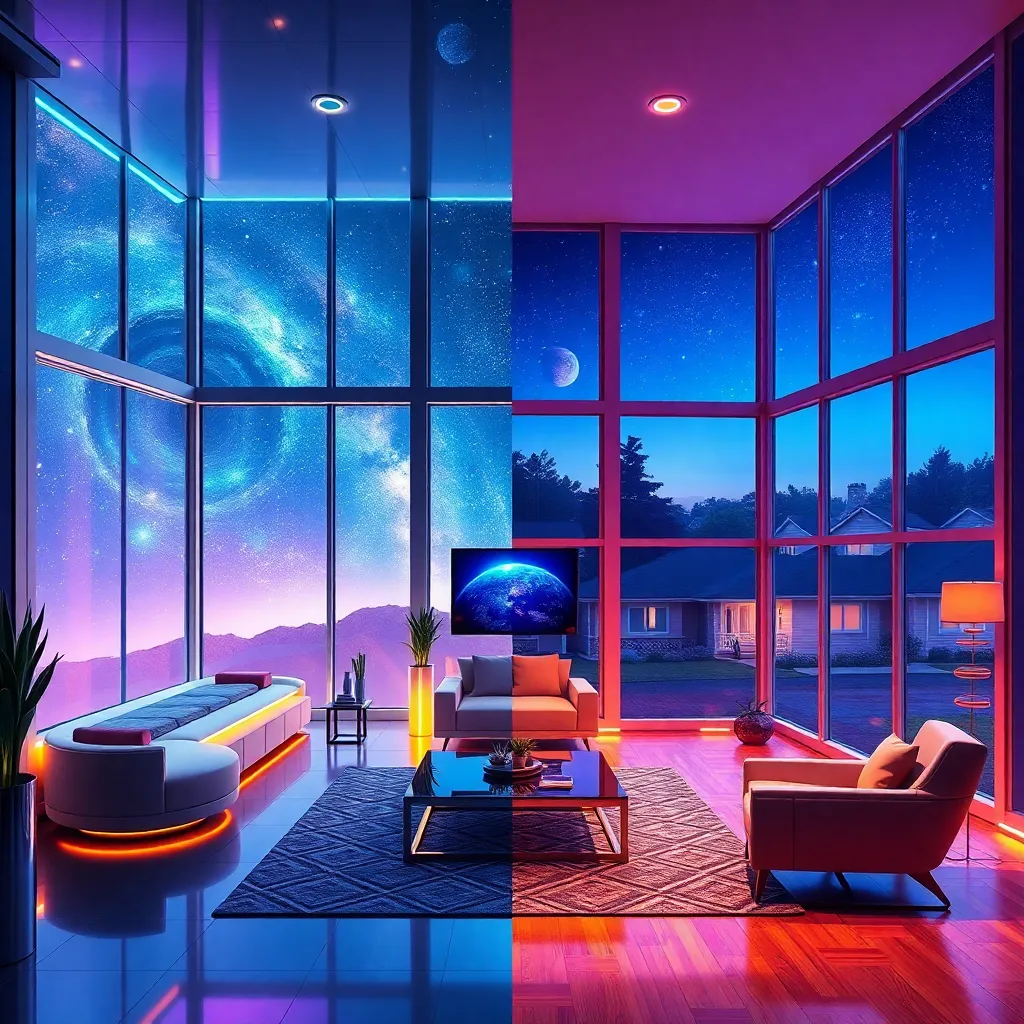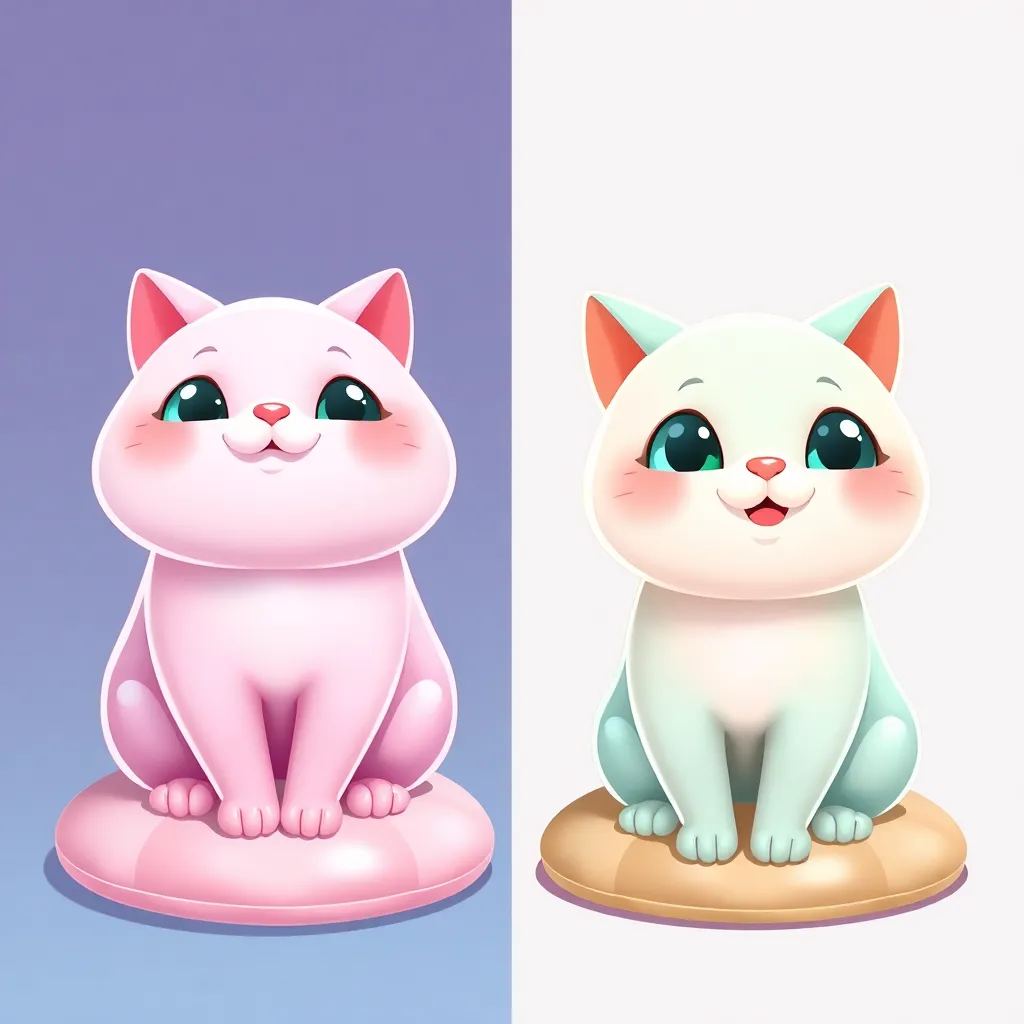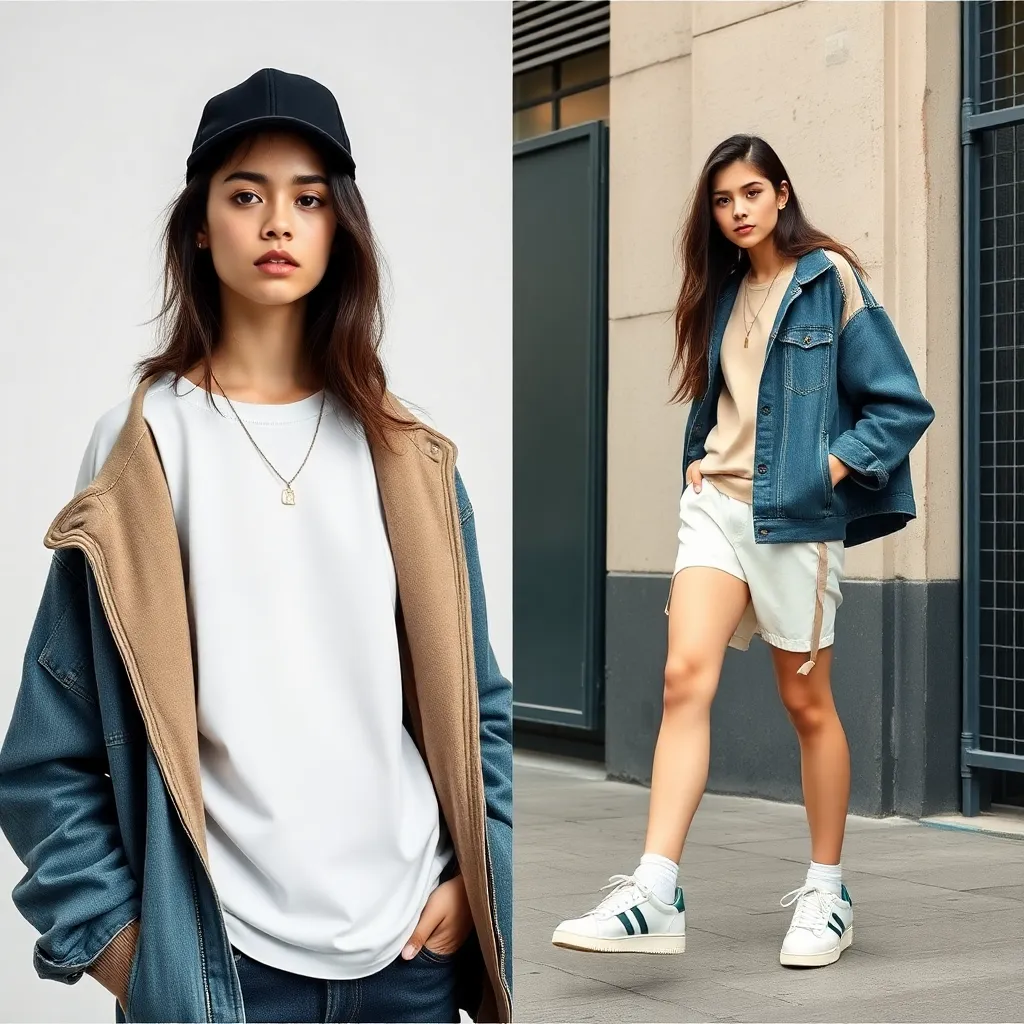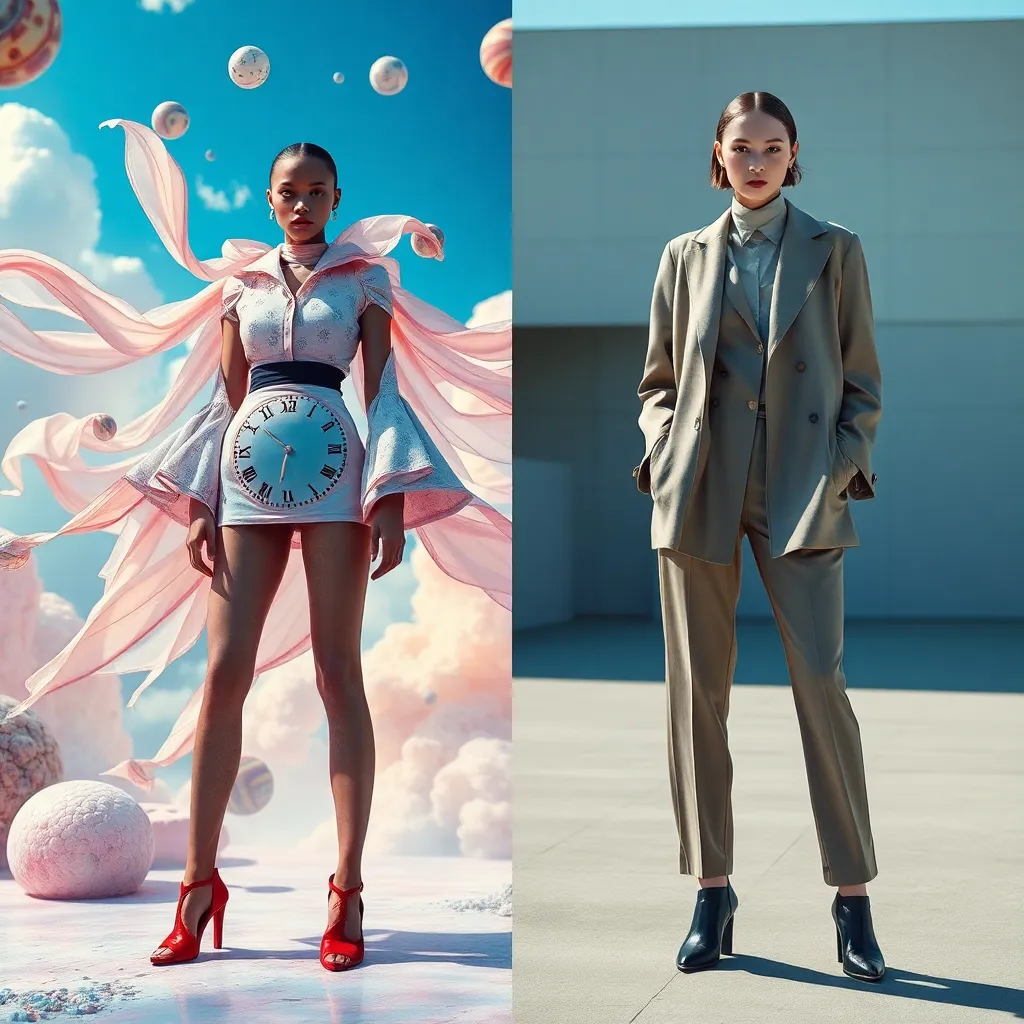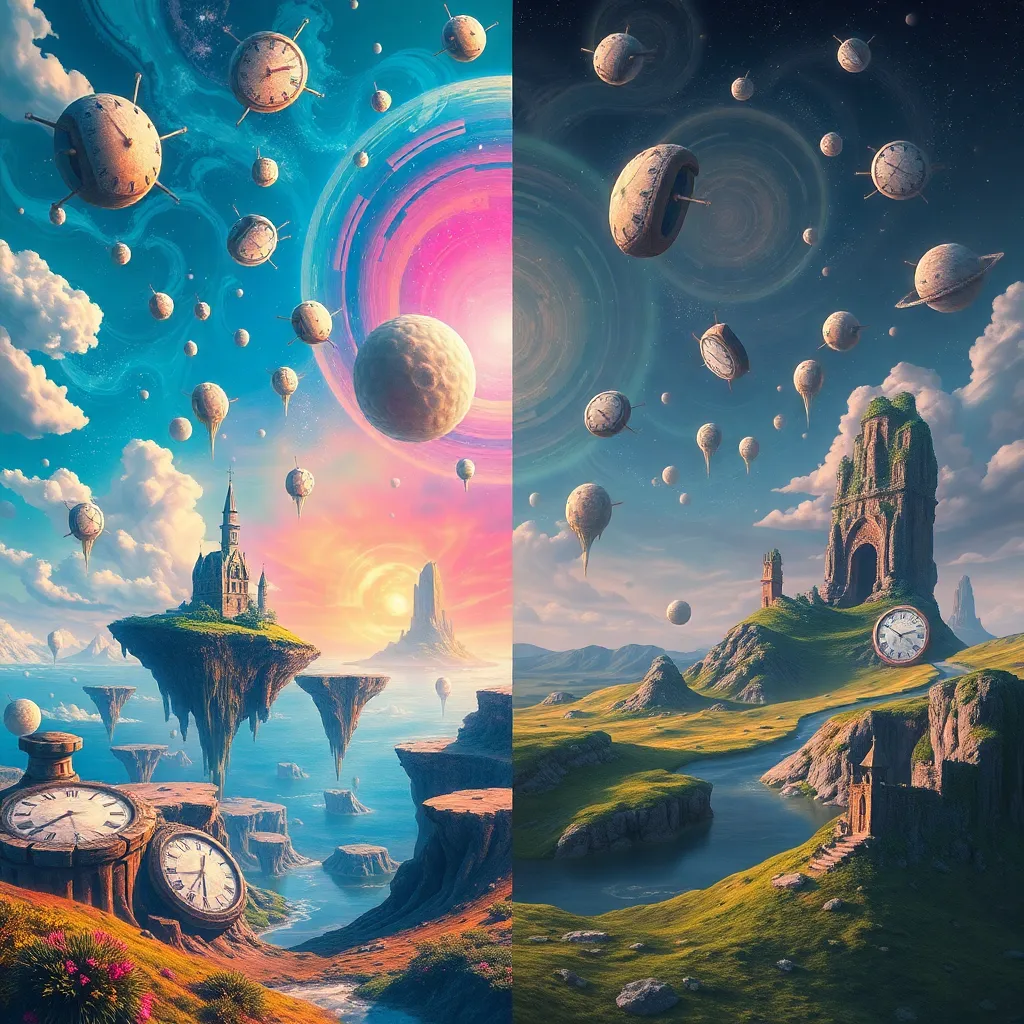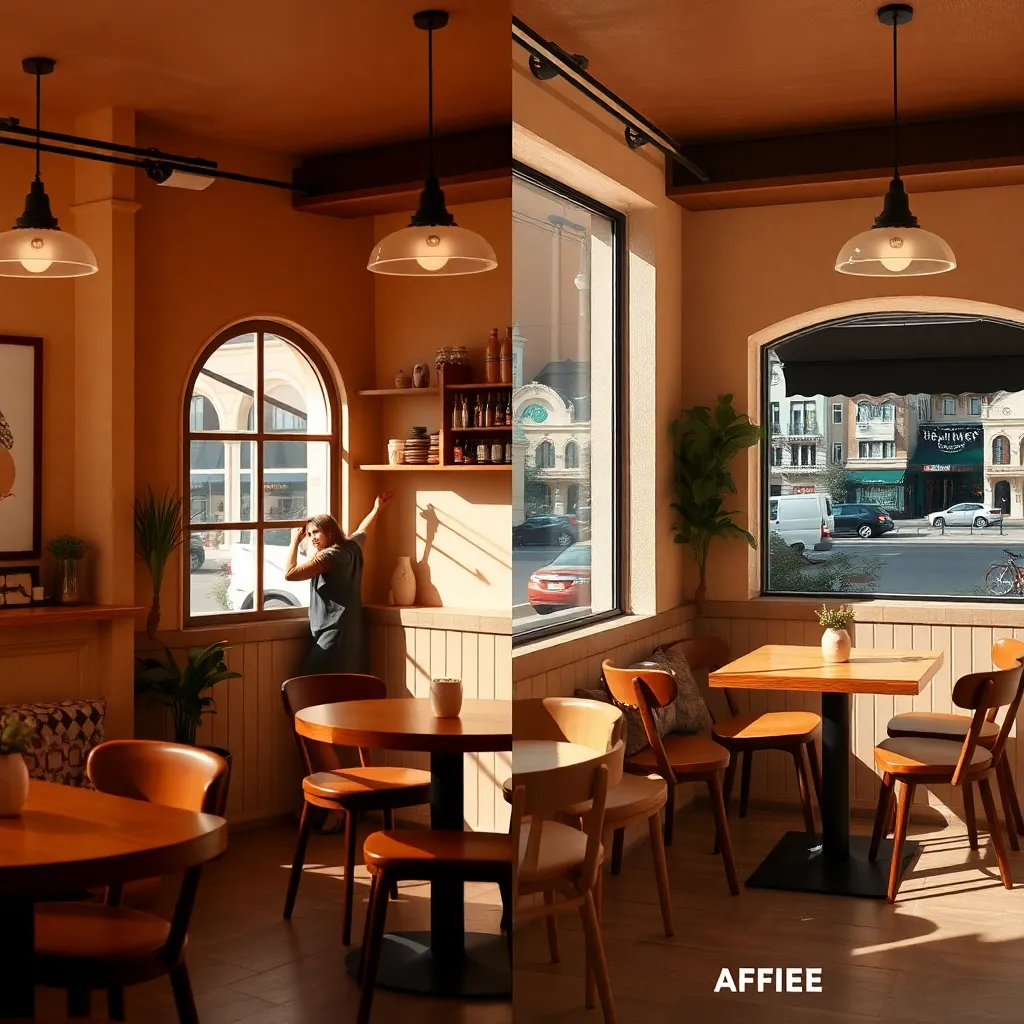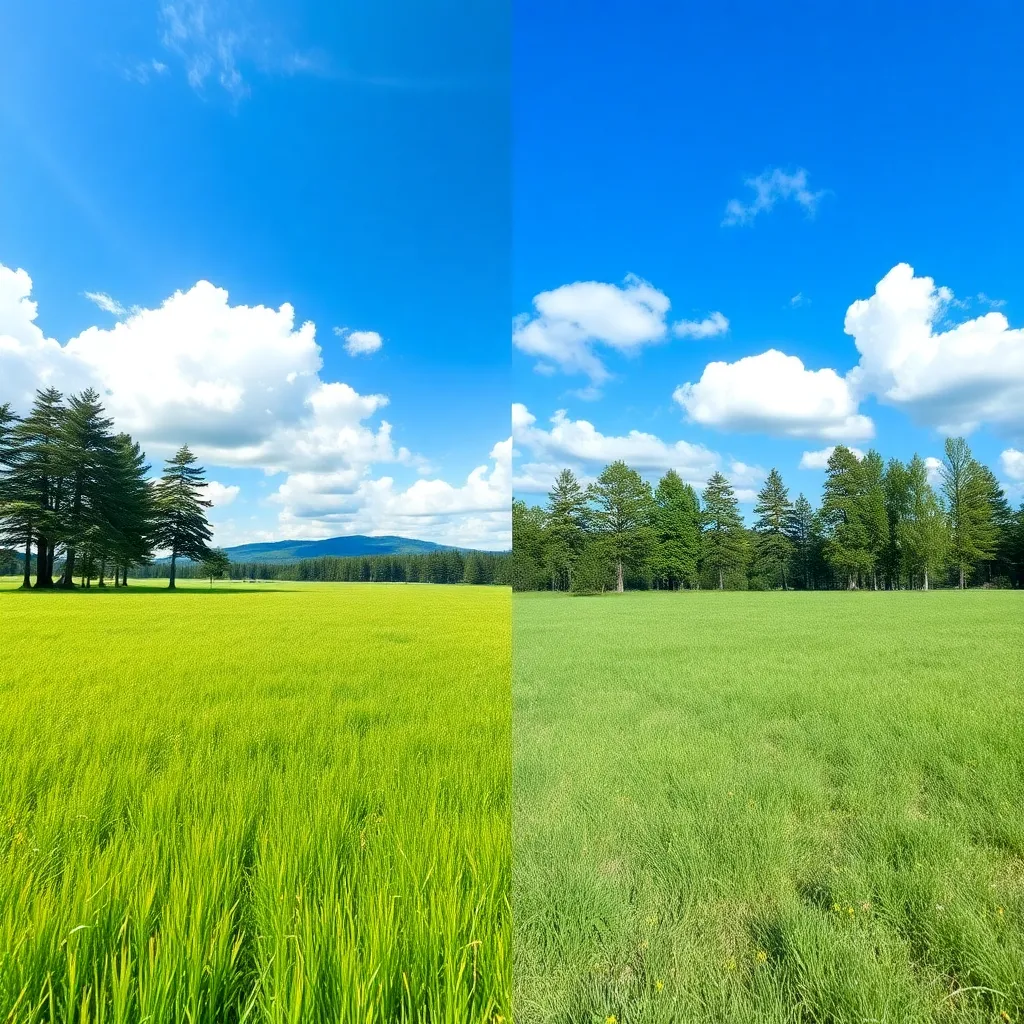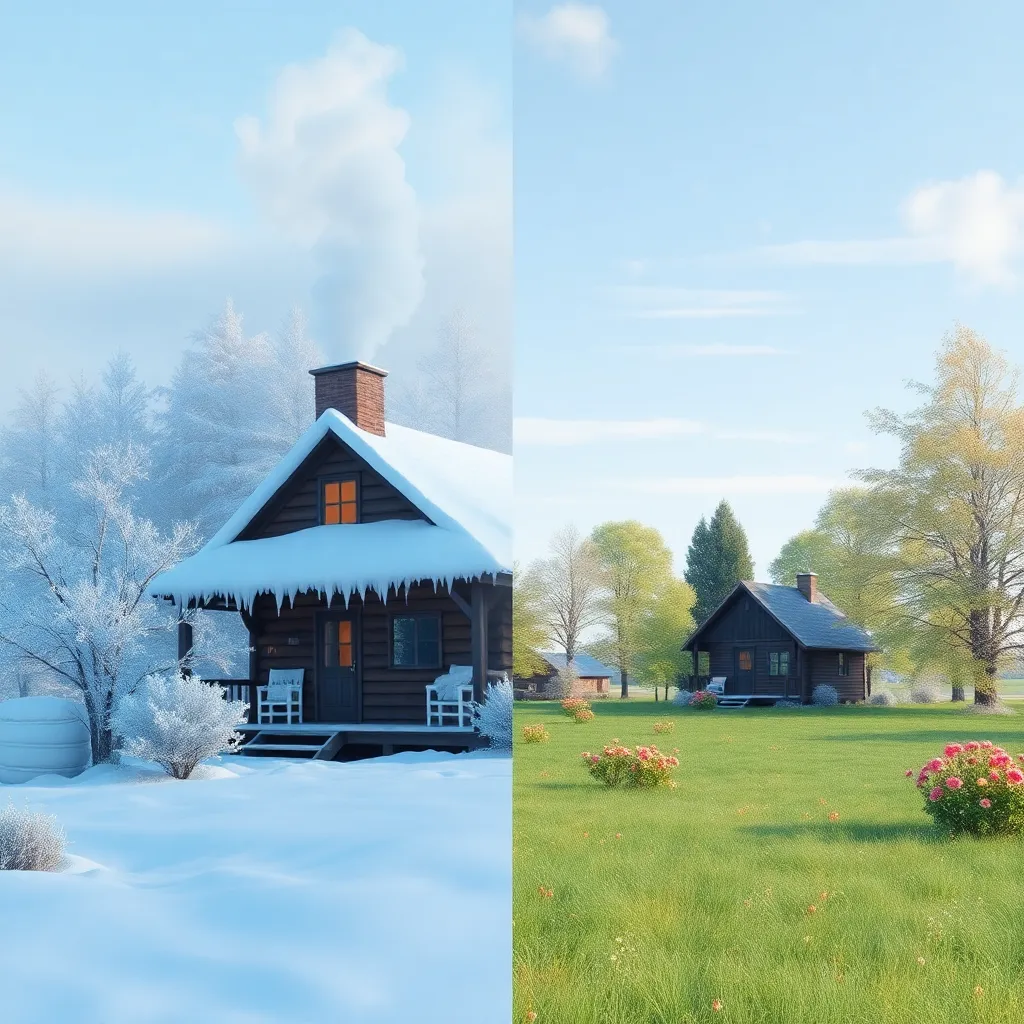Description of the Isometric Scenarios Style
Isometric Scenarios Style is a visual approach that utilizes isometric projection to represent three-dimensional spaces on a flat, two-dimensional plane. Unlike traditional perspective, which converges lines to a vanishing point, isometric projection maintains parallel lines, creating images where scale and proportion are consistent throughout the scene. This style originated in technical and architectural drawings in the early 20th century for its ability to clearly convey spatial relationships and structural layouts.
Over time, isometric illustration found its way into video games (notably in the 1980s and 90s), infographics, educational resources, and modern UI/UX design. Its clean, organized appearance and ability to represent complex environments in a digestible format have cemented its popularity across creative and professional industries.
Who Is Using This Style?
Isometric Scenarios Style is embraced by a wide range of professionals and creators, including:
- Graphic designers: For infographics, explainer visuals, and branding assets.
- Game developers: Especially in strategy, simulation, and puzzle games where map clarity and navigability are crucial.
- Architects & urban planners: To visualize building layouts, cityscapes, and smart environments.
- Educators: To create engaging learning materials, classroom diagrams, and e-learning interfaces.
- Marketing teams: For product showcases, process visualizations, and technology demonstrations.
- Healthcare professionals: For illustrating facility layouts, patient journeys, and medical processes.
How Does It Enhance Photos?
Isometric Scenarios Style enhances photos and illustrations in several ways:
Clarity and Organization: By presenting objects and spaces without distortion, isometric style allows viewers to understand spatial relationships and interactions at a glance. This is invaluable in scenarios where accuracy and comprehension are essential.
Visual Engagement: The clean lines, vibrant colors, and playful perspectives typical of isometric design capture attention and make complex information approachable. This can increase retention and interest, especially in educational and marketing contexts.
Scalability: Because isometric illustrations are typically vector-based, they can be scaled without loss of quality, making them ideal for everything from web graphics to large-format prints.
Consistency: The uniform projection ensures that all elements remain in proportion, which is critical for communicating technical, architectural, or procedural information.
Aesthetic Appeal: The combination of geometric precision and artistic color palettes gives isometric scenarios a modern, professional, and sometimes whimsical look that can elevate the overall presentation.
Use Cases of This Style
Isometric Scenarios Style is incredibly versatile. Here are key use cases, each illustrating how the style enhances both function and appeal:
Modern Office Workspace: Ideal for illustrating office layouts, workflow processes, or collaborative spaces in business presentations, HR training, or real estate brochures. The style makes it easy to visualize movement, interaction, and space utilization.
Cityscape Overview for Urban Planning: Perfect for urban planners, architects, and municipal presentations. The isometric cityscape allows for clear depiction of infrastructure, zoning, and the integration of green spaces, helping stakeholders easily grasp complex urban environments.
Home Automation/Smart Home Infographic: Great for tech companies, product marketers, and homeowners interested in smart technologies. The style showcases the interoperability of devices and systems within a home, making it easy to communicate the benefits of connected living.
Educational Classroom Scenario: Used extensively in e-learning platforms and educational publishing, isometric classrooms can illustrate seating arrangements, technology integration, and teaching methods, making content more relatable and interactive for learners.
Hospital or Healthcare Facility Layout: Essential for healthcare facility planning, patient flow analysis, or educational materials. The isometric view provides a clear, non-overlapping visualization of rooms, equipment, and personnel, improving communication in high-stakes environments.
Game Level/Map Design: A staple in the gaming industry, isometric maps offer players a clear, navigable view of levels, challenges, and objectives. This enhances the gaming experience by combining clarity with aesthetic detail.
Pro Tips and Conclusion
Pro Tips for Using Isometric Scenarios Style:
- Plan Your Layout: Start with a clear understanding of what you want to communicate. Sketch a wireframe to organize elements logically within the isometric grid.
- Keep It Simple: Avoid overcrowding your scenario. Focus on essential details that support your message or story.
- Use Consistent Lighting and Color Schemes: This helps maintain visual harmony and directs the viewer’s attention to key areas.
- Leverage Vector Tools: Use vector illustration software for scalability and easy edits. Many design tools offer isometric grids and templates to speed up your workflow.
- Add Subtle Depth: Use shadows and highlights sparingly to give your elements dimension without breaking the isometric illusion.
Conclusion:
Isometric Scenarios Style is a powerful and flexible visual approach that bridges the gap between technical clarity and creative storytelling. Its ability to represent intricate environments in a clean, engaging, and comprehensible manner makes it indispensable for professionals across design, education, architecture, marketing, and game development. By leveraging isometric illustrations, you can elevate your visual communication, making complex ideas accessible and memorable for any audience.
